Located along the Mission Reach section of the San Antonio River, Confluence Park is an educational park focusing on the critical role of water in the regional ecosystems. Designed by Matsys in collaboration with Lake|Flato Architects, Rialto Studio, and Architectural Engineering Collaborative, the park consists of 3.5 acres of native planting, a 2000 square foot multi-purpose building, a 6000 square foot central pavilion, and 3 smaller “satellite” pavilions dispersed throughout the park.
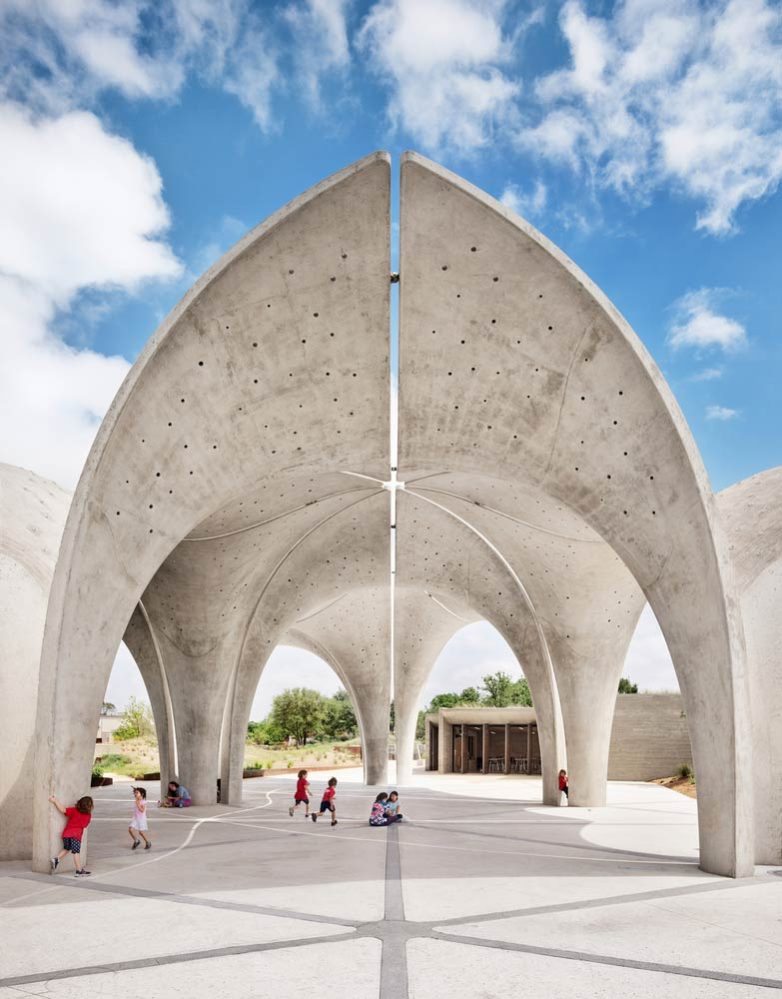
The central pavilion is composed of 22 concrete “petals” that form a network of vaults that provide shade and direct the flow of rainwater into an underground cistern used for the park’s irrigation. The design of the pavilion was inspired by the way many plants in the region direct rainwater to their root system by harnessing the structural efficiency of curved surfaces.
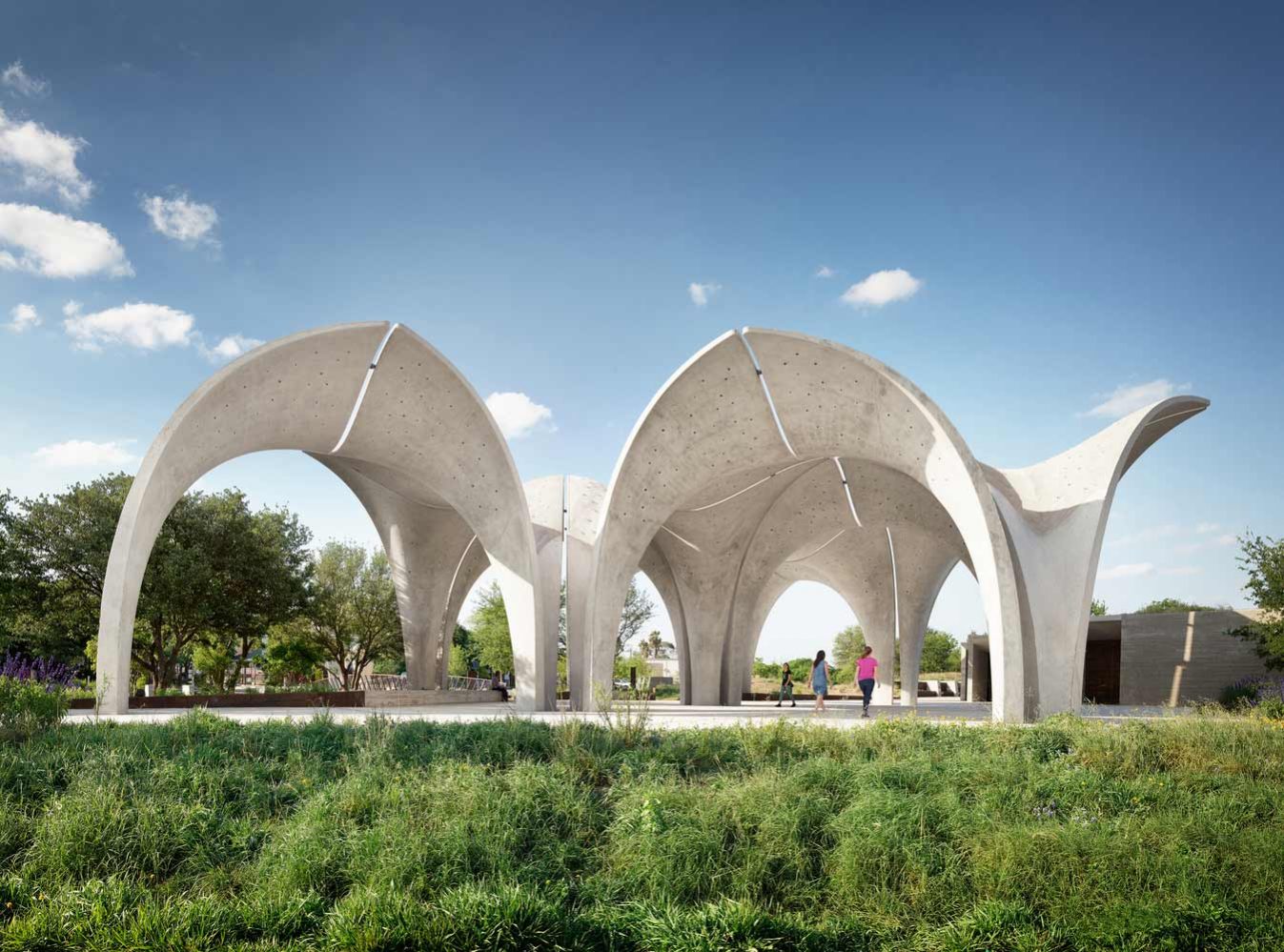

Each petal was cast on site using a modified tilt-up construction technique and digitally fabricated fiberglass composite molds and then lifted into place in pairs to form structural arches. The pavilion embodies our deep interest in the integration of form, fabrication, and performance.
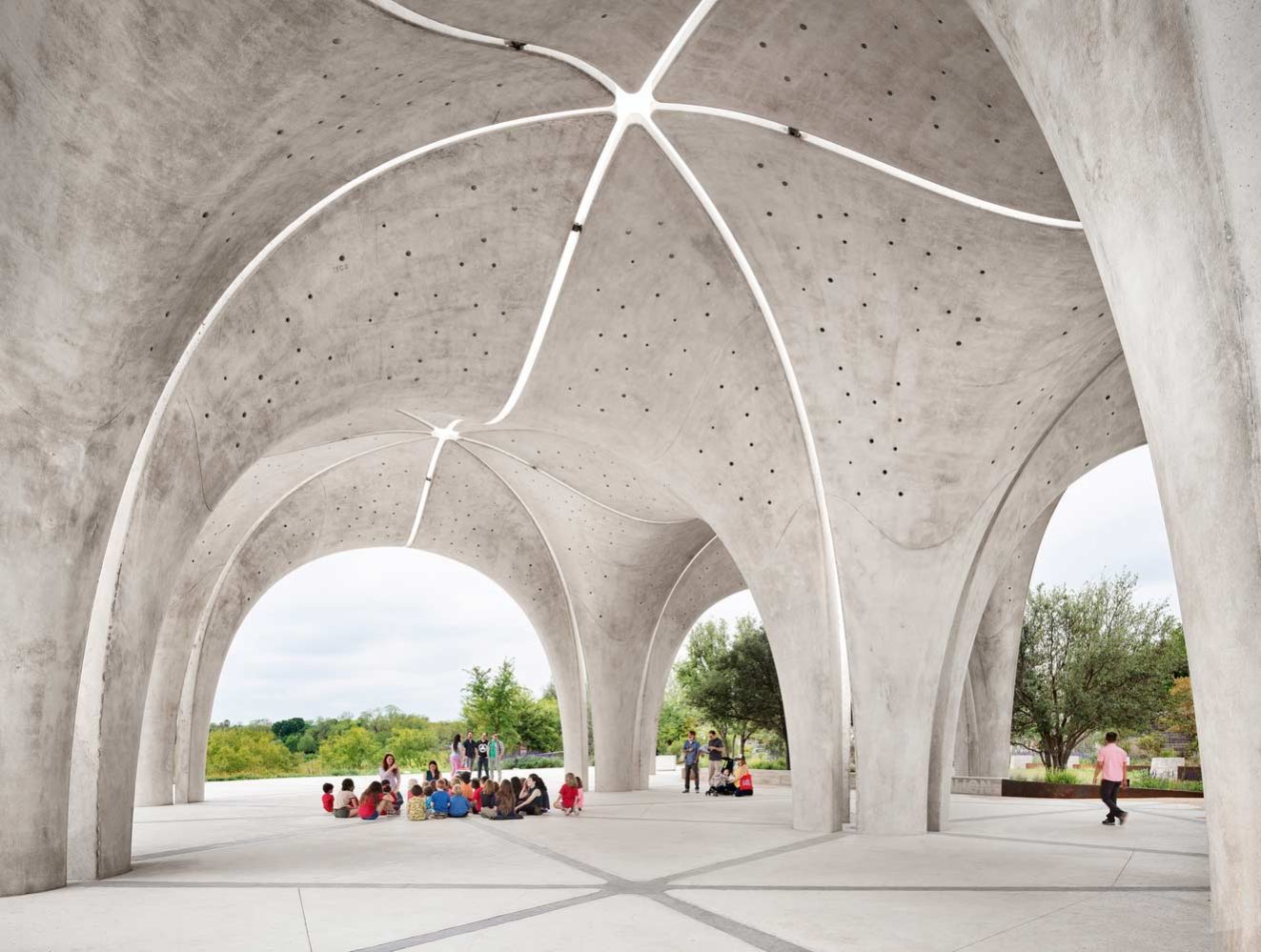
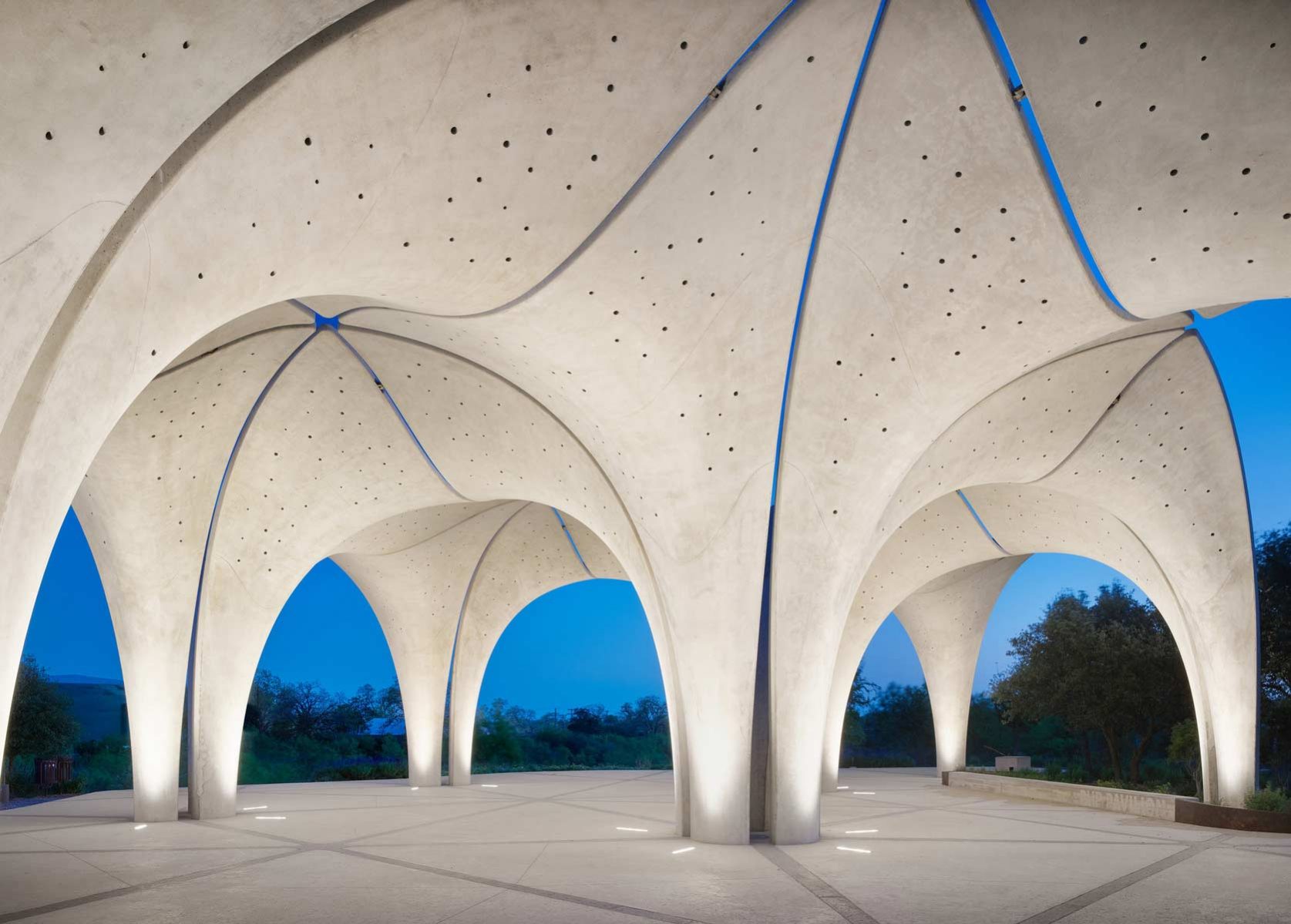
The development of the central pavilion focused on creating an inspirational and aspirational space that helped communicate the client’s mission of providing environmental education on the topic of water conservation. Using the biomimetic principle of looking towards nature for inspiration, the pavilion geometry is inspired by some plants’ use of doubly curved fronds to cantilever out and collect rainwater and dew and redirect the water towards its root stem. A modular system of concrete “petals” was developed that collected rainwater and funneled it to the petals’ columnar bases and then onto a central underground cistern.
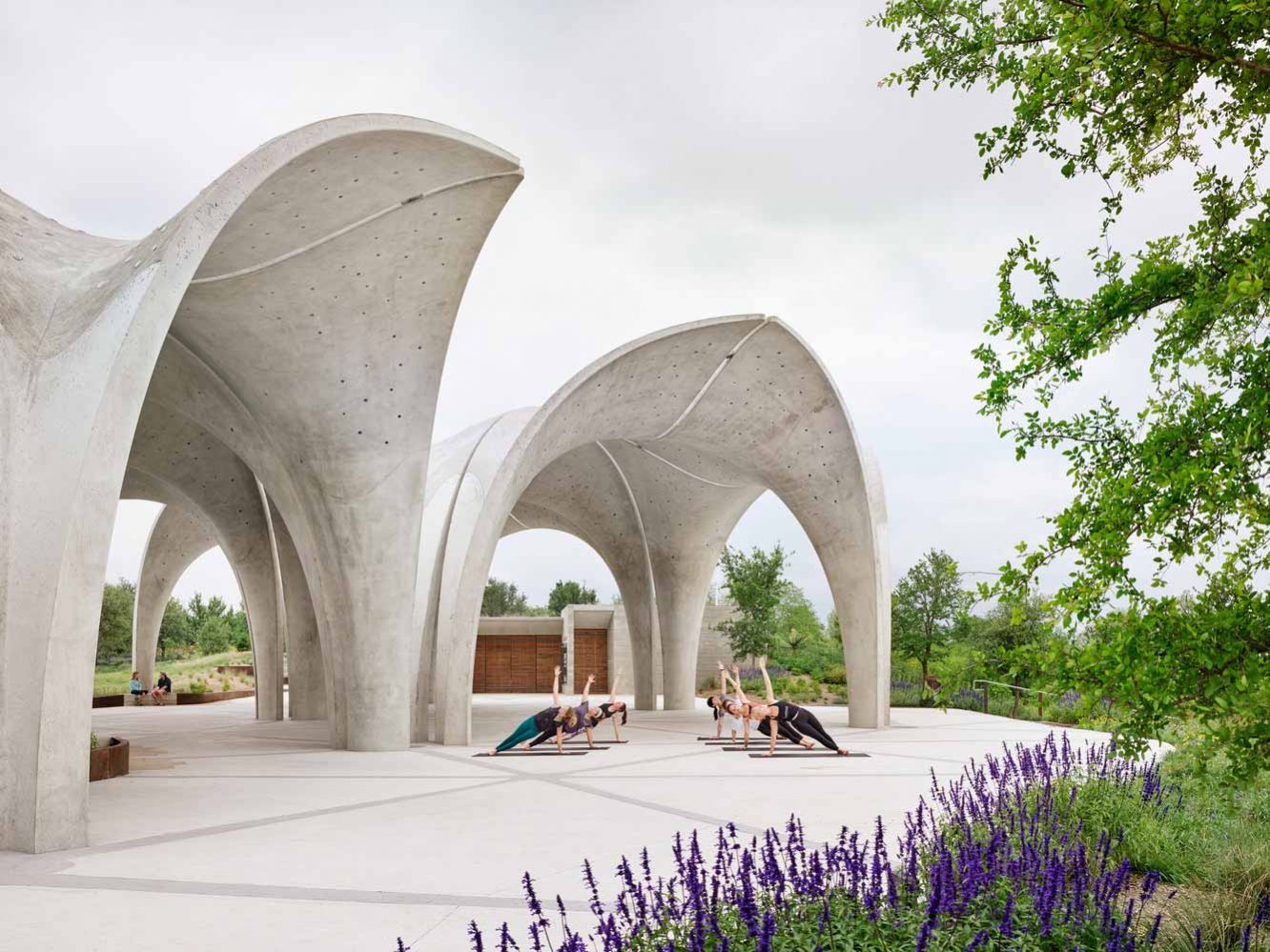
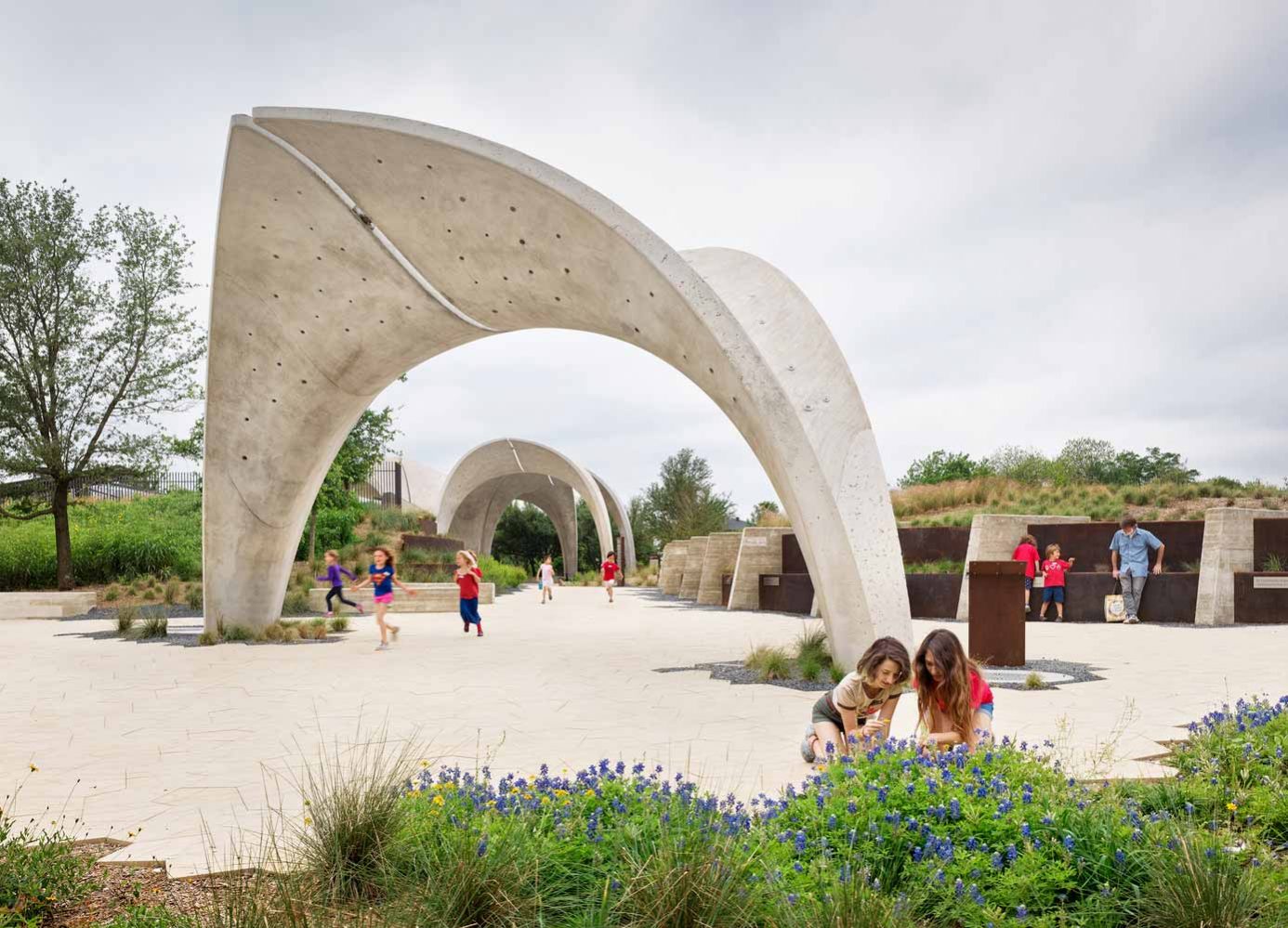
In developing these petals, one of the central concerns was to make sure that they were modular yet seemingly non-repetitive. The design uses the Cairo tile, an irregular pentagon, as the underlying base grid in order to resolve this tension between cost-effective modularity and the desire for spatial richness. The pentagon is subdivided into 5 triangles in a way that results in only three unique modules: two asymmetrical triangles that are mirrors of each other and one equilateral triangle.

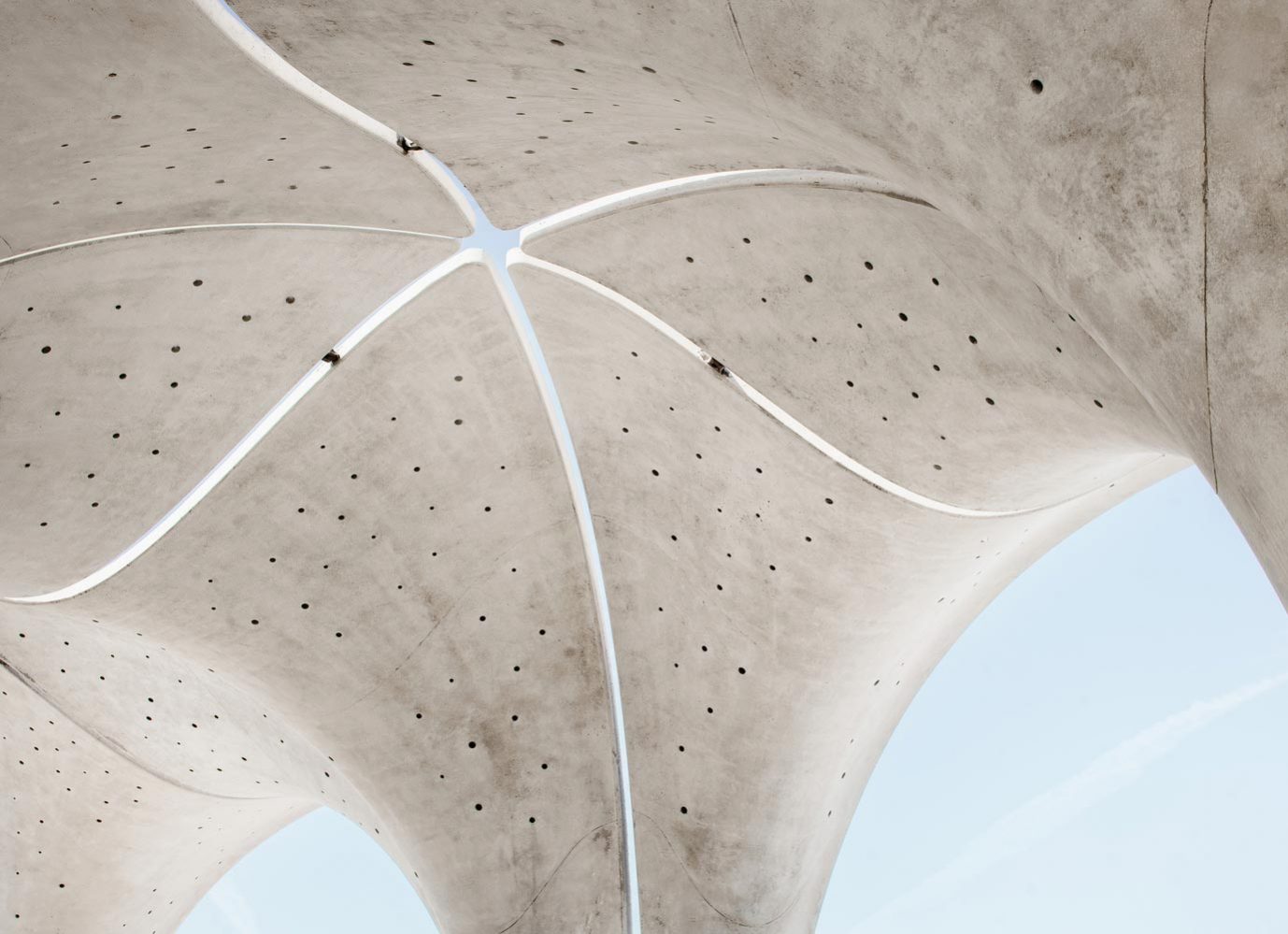
From this irregular triangular base grid, a parametric model was used to create the three-dimensional solids of each petal. Structurally, each petal is half of an arch, which starts out as a 16” thick column and tapers to a 4” deep curved roof. The double curvature of the surface geometry helps with the structural rigidity of the petal. Each petal is connected to its paired half-arch by two structural pin joints. The petals’ capacity to shed water in the proper direction was tested through water flow analysis using particle simulations.
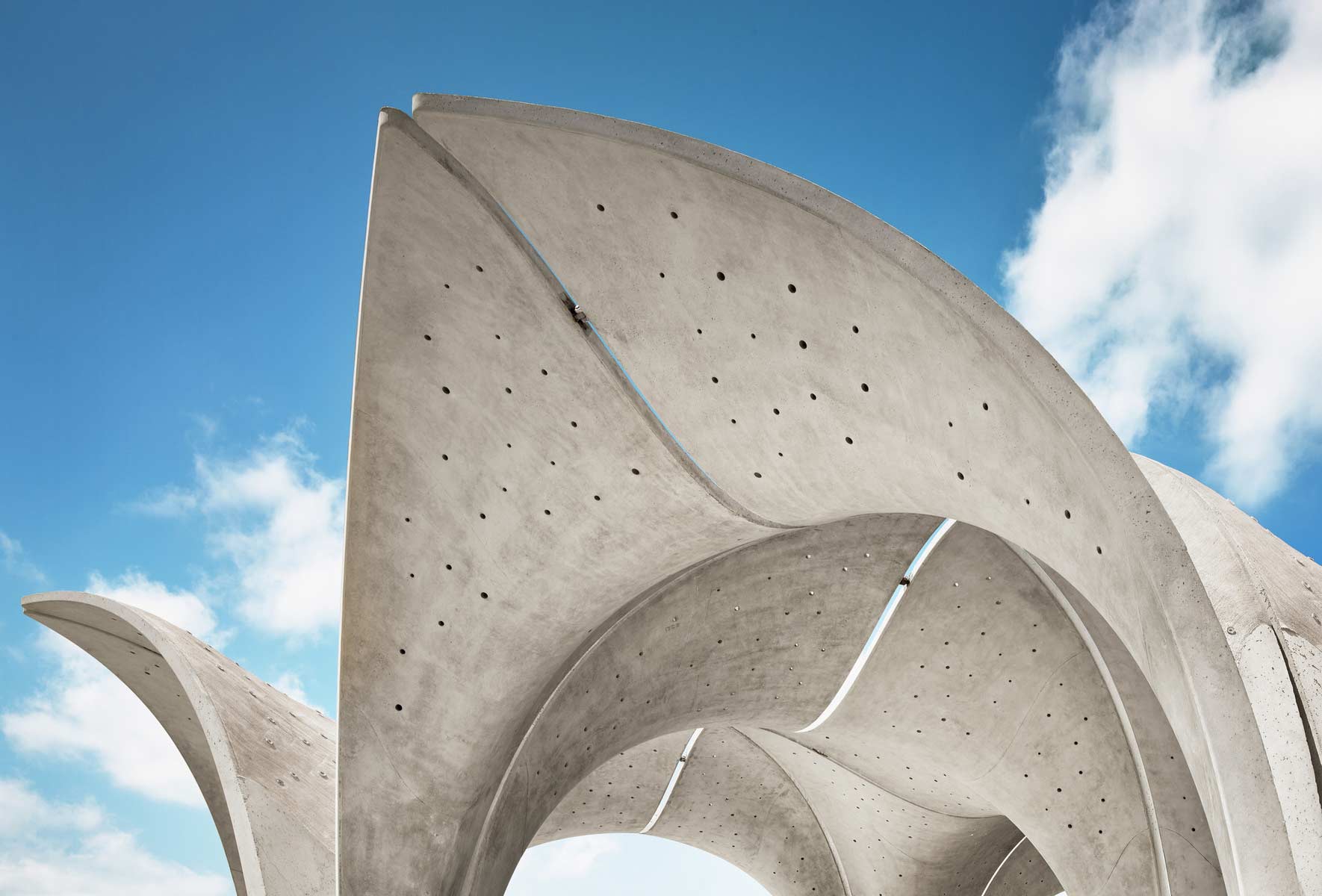
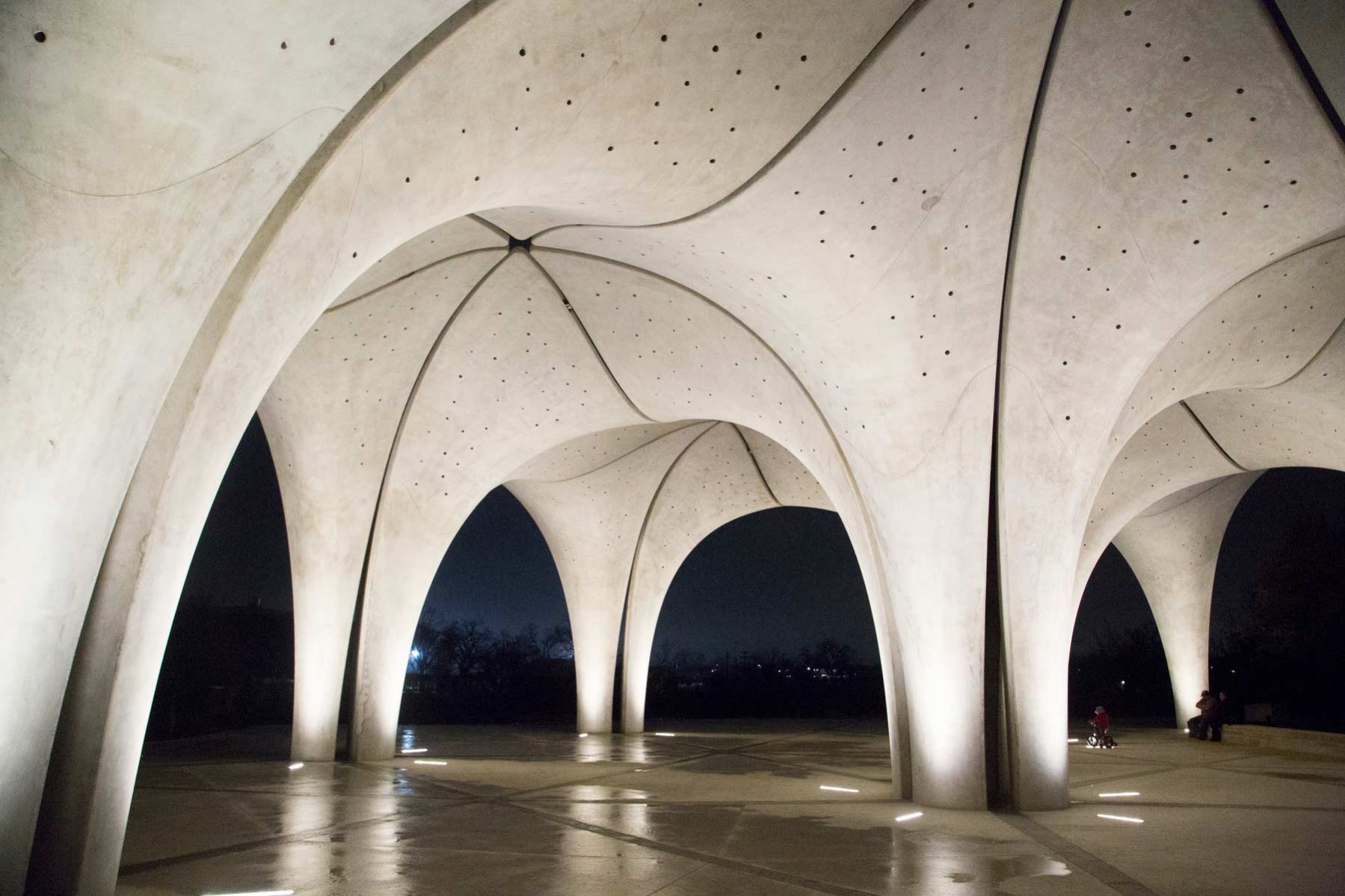
The three petals’ formwork was fabricated off of 5-axis CNC milled forms. After milling the foam forms, a 2” thick composite structure composed of inner and outer fiberglass composite layers with a central balsa wood core was applied. The formwork was then shipped to the site and positioned in a way that it could be cast as a modified tilt-up wall construction. This avoided the need for a fully enclosed form, which decreased the cost and allowed the top and bottom surfaces to have radically different finishes: the bottom is cast against the smooth fiberglass while the top is broom-finished with the broom strokes aligning with the direction of the water flow.


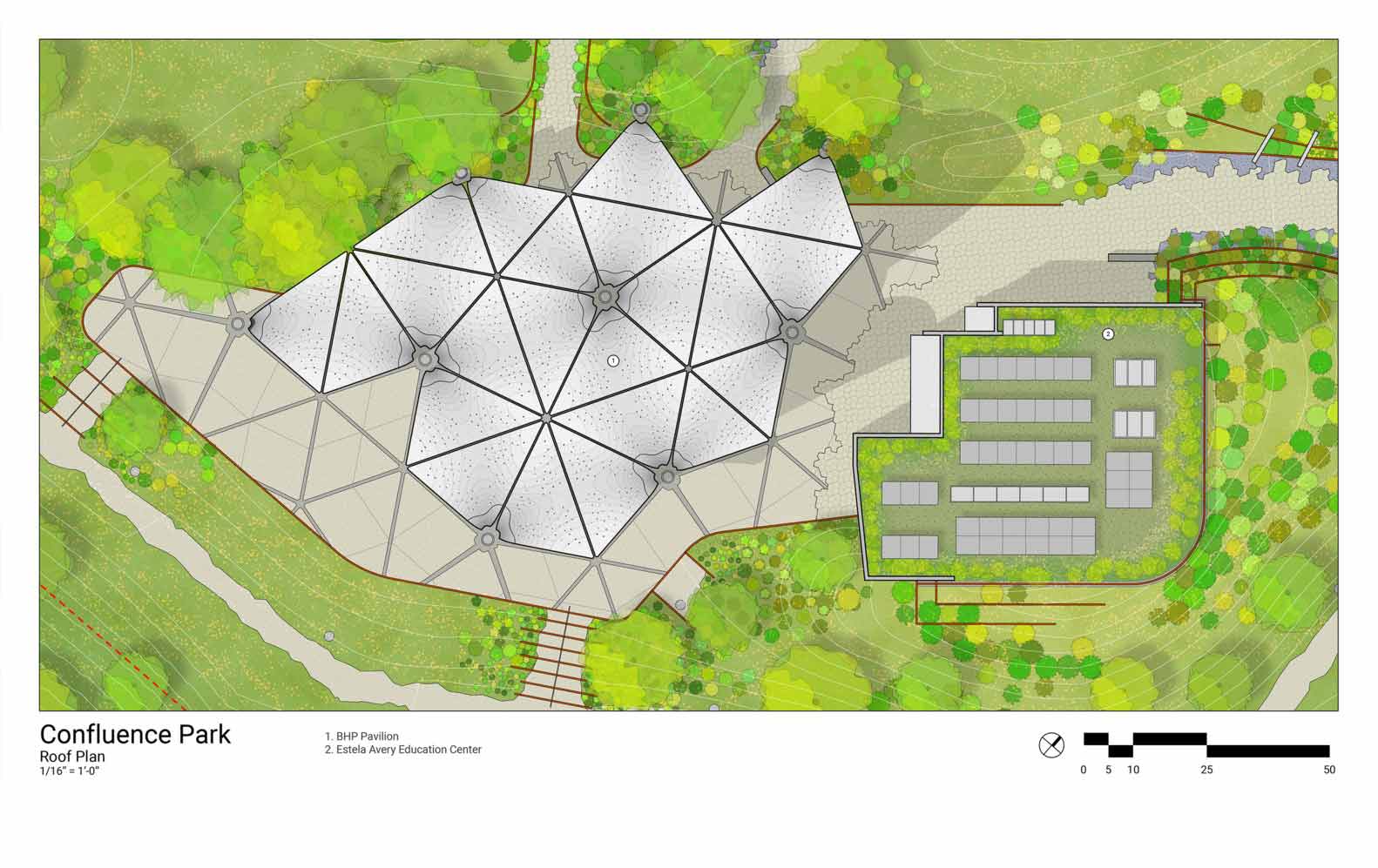
The Cairo tile geometry was reused at a much smaller scale for the thousands of concrete pavers used throughout the park. Four different inlay patterns were developed for the pavers such that a larger network of branching curves is created. This network is aperiodic and references the bifurcations and deltas of the local watershed.
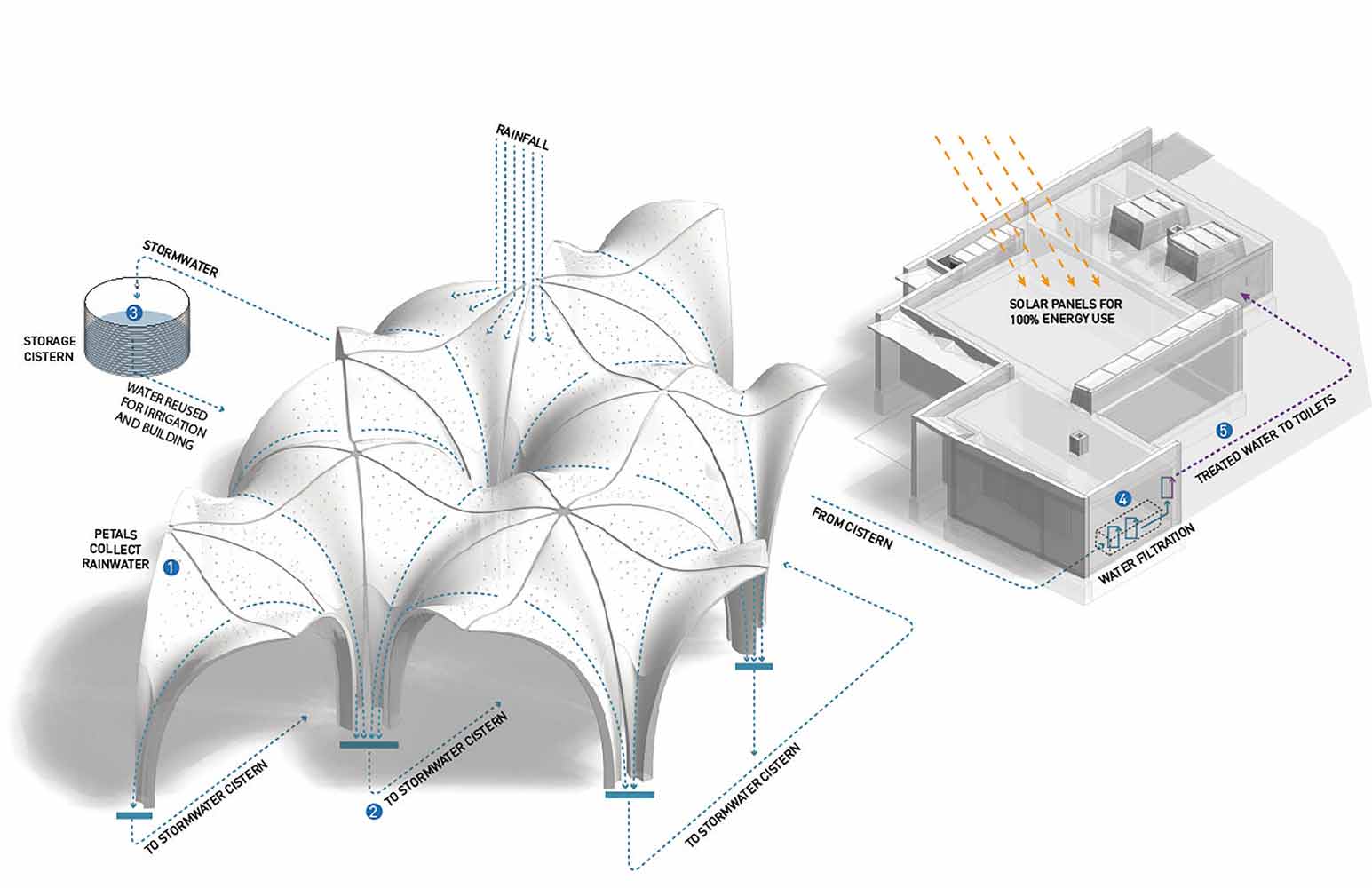

Project Details:
Architects: Lake|Flato Architects, Matsys Design
Location: 310 W Mitchell St, San Antonio, TX 78204, United States
Design Team: Bob Harris, Tenna Florian, Sunnie Díaz, Jordan Tsai
Pavillion Design: Andrew Kudless (Matsys)
Landscape Architecture: Rialto Studio, Inc.
Area: 900.0 ft2
Project Year: 2018
Photographs: Casey Dunn
Manufacturers: Lumenpulse, Prosoco, Tremco, Mission Solar, Kreysler & Associates
Via > Matsys Design




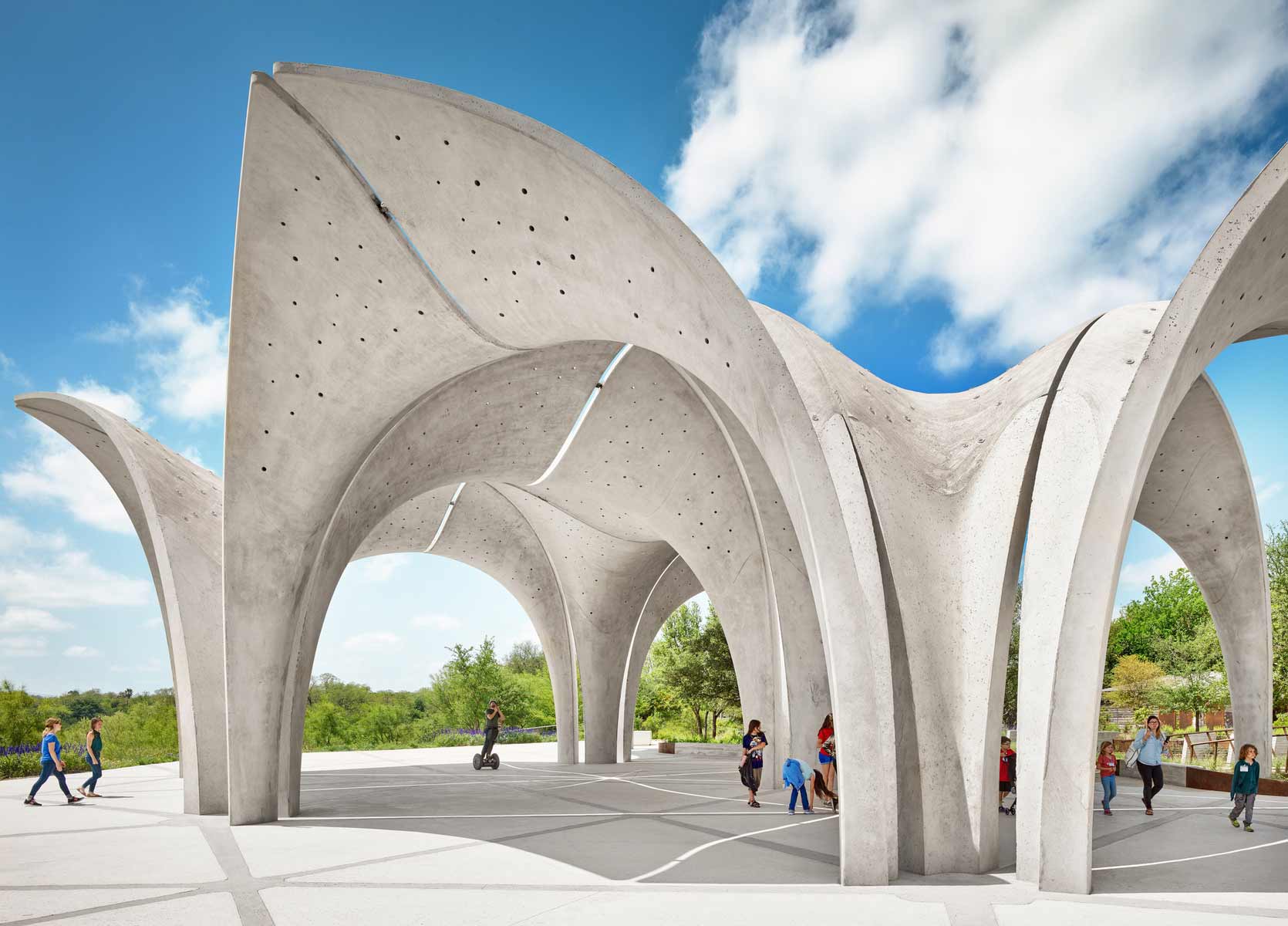


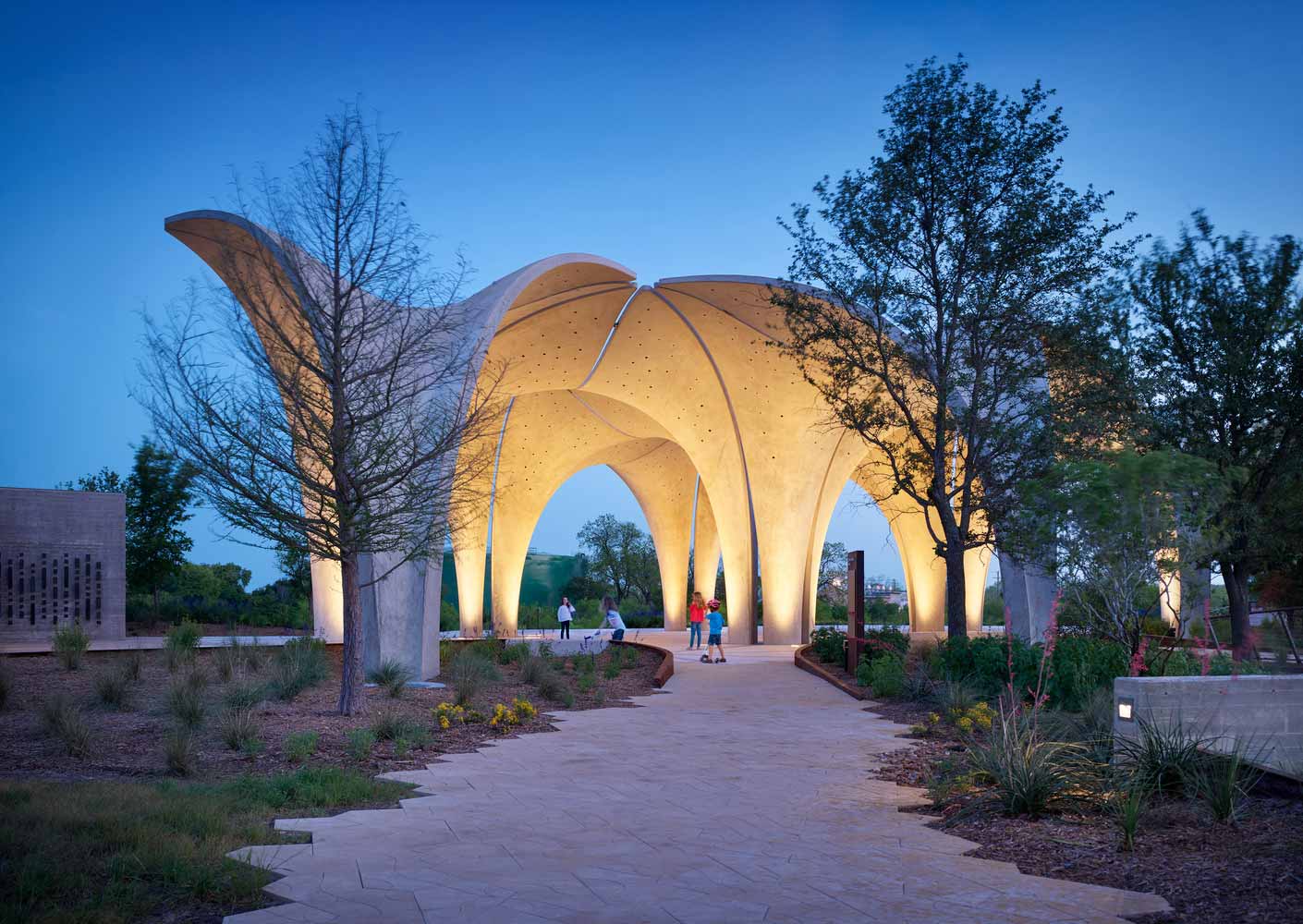
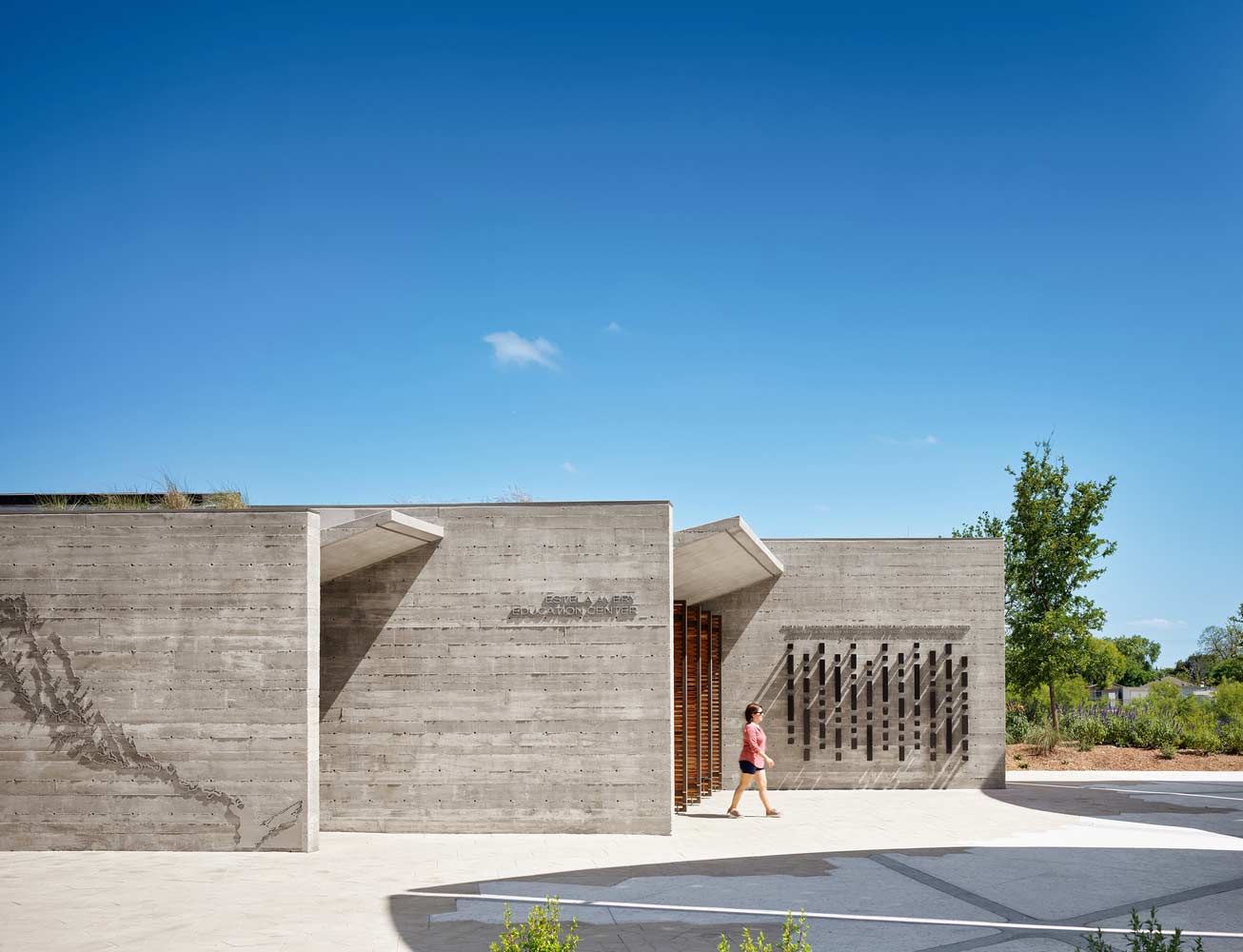
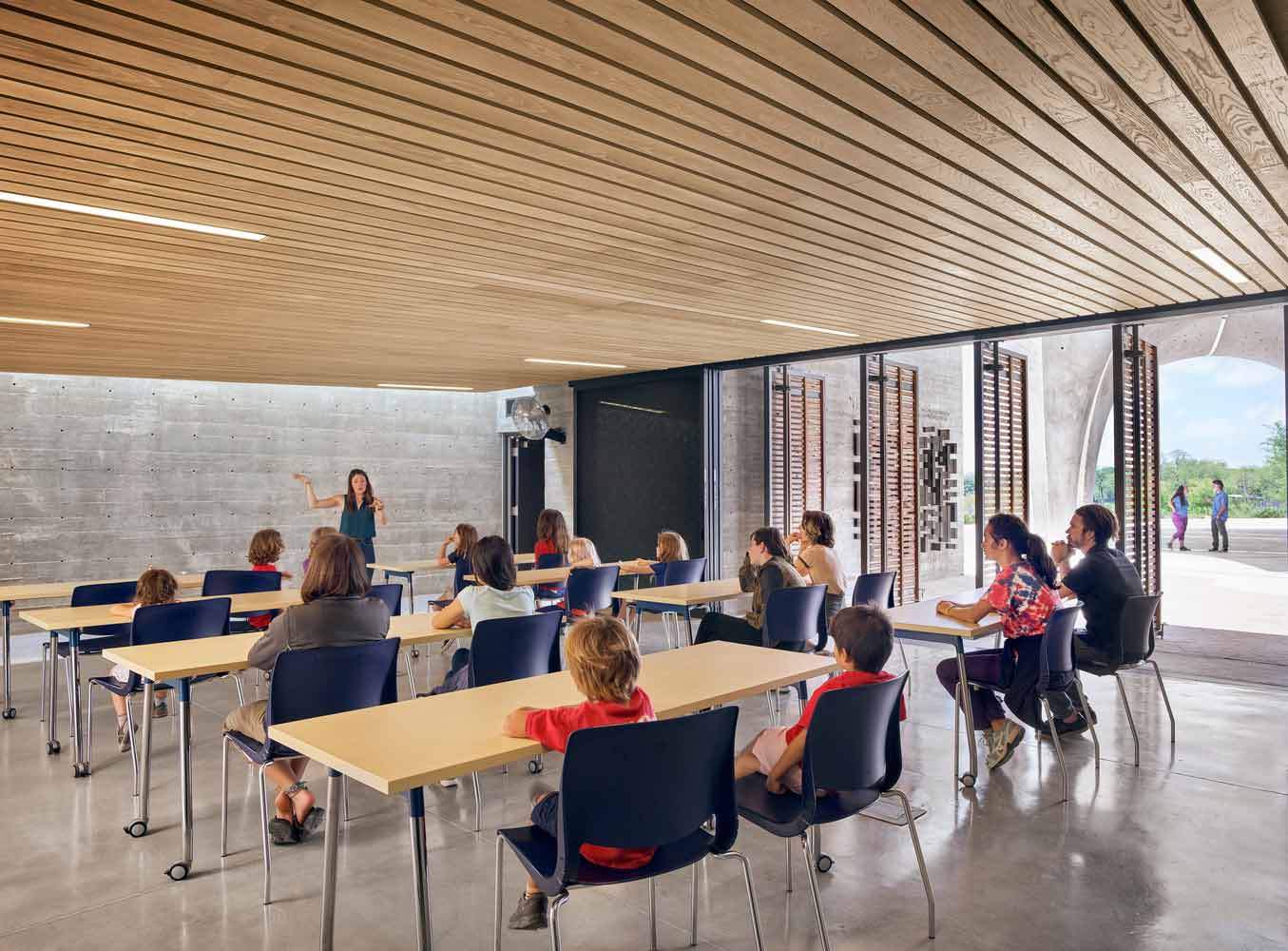

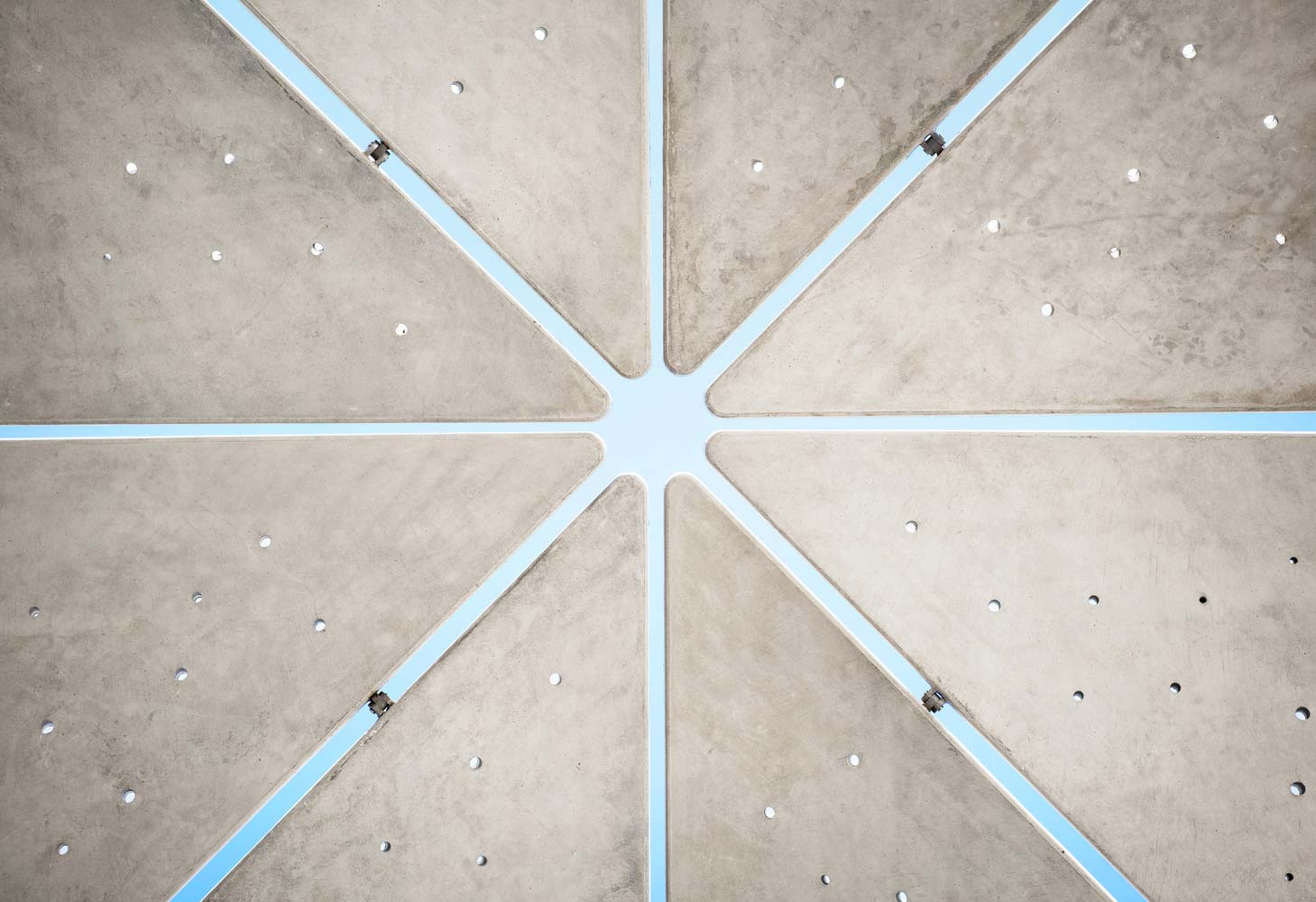
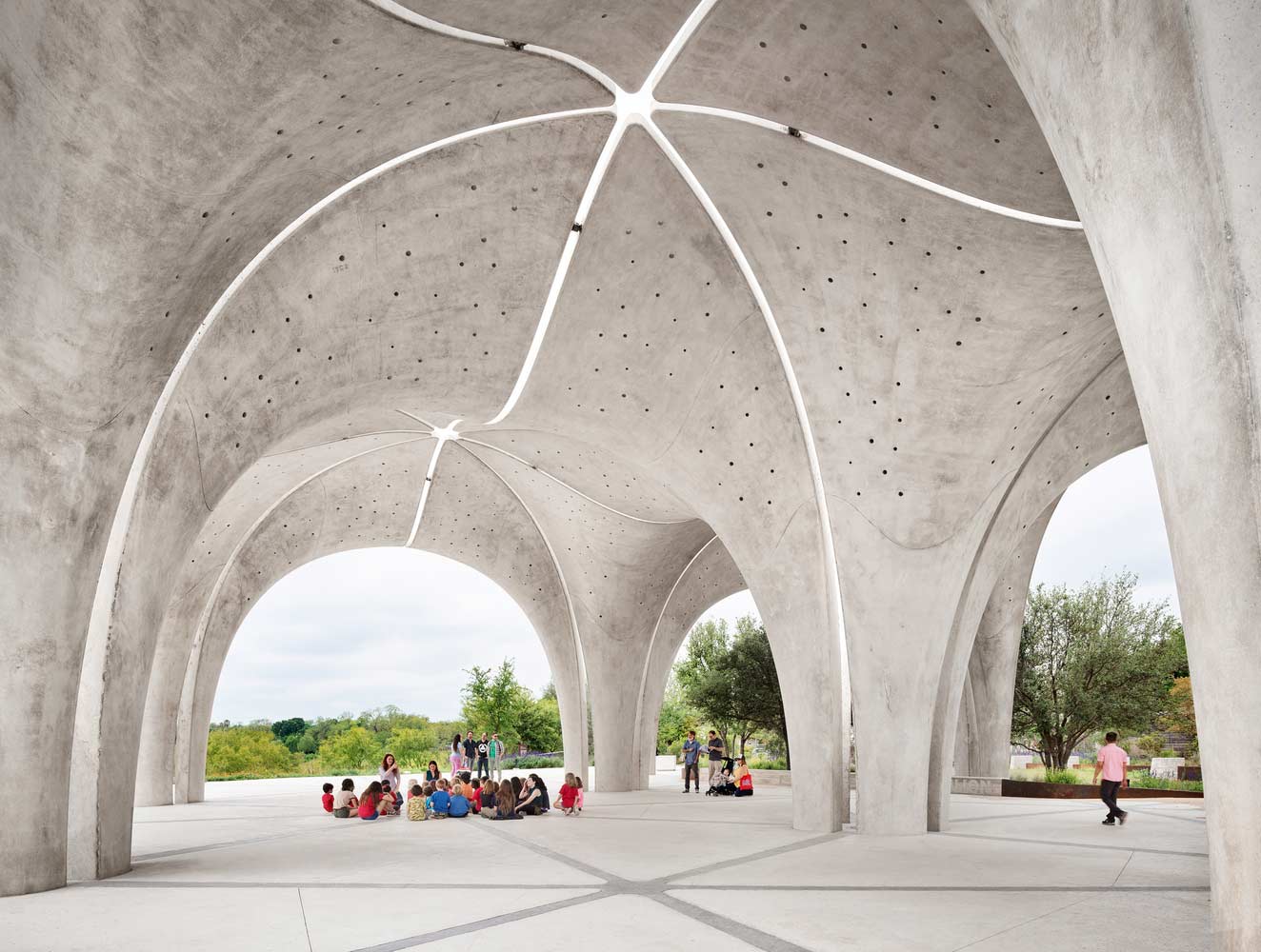
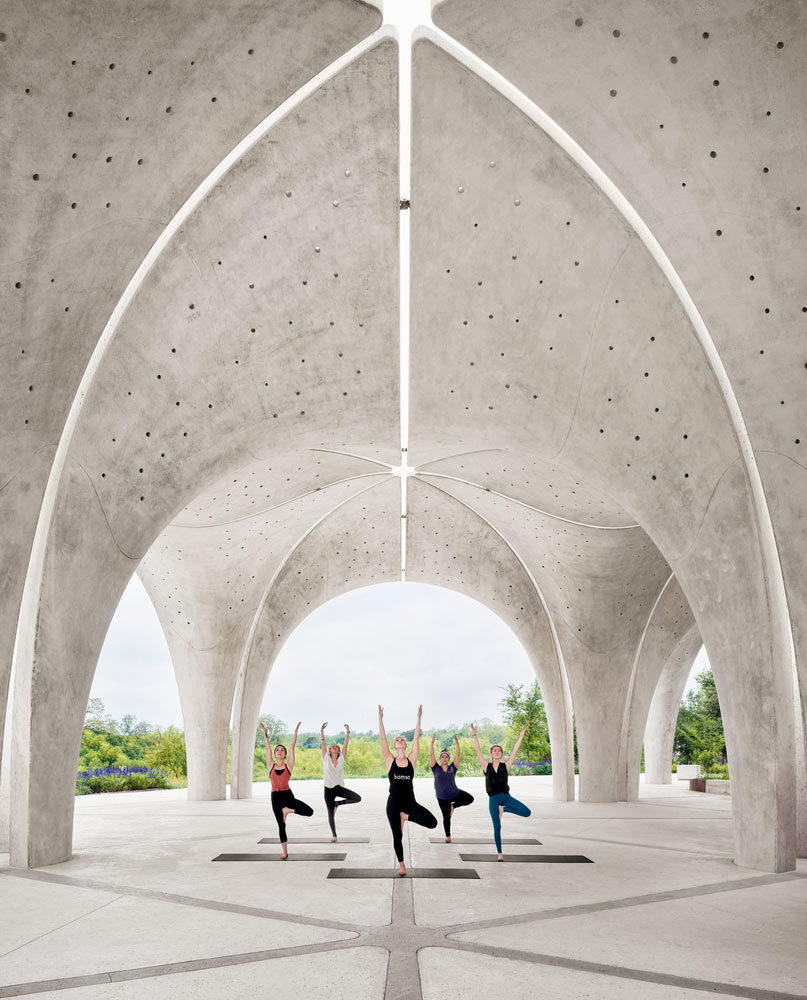
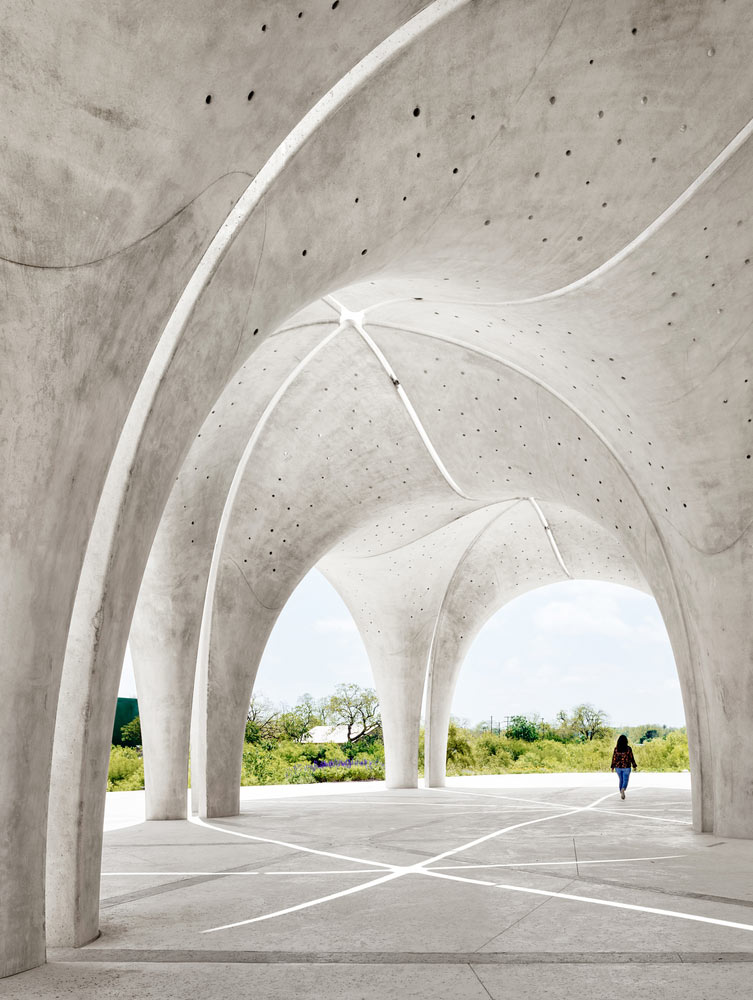
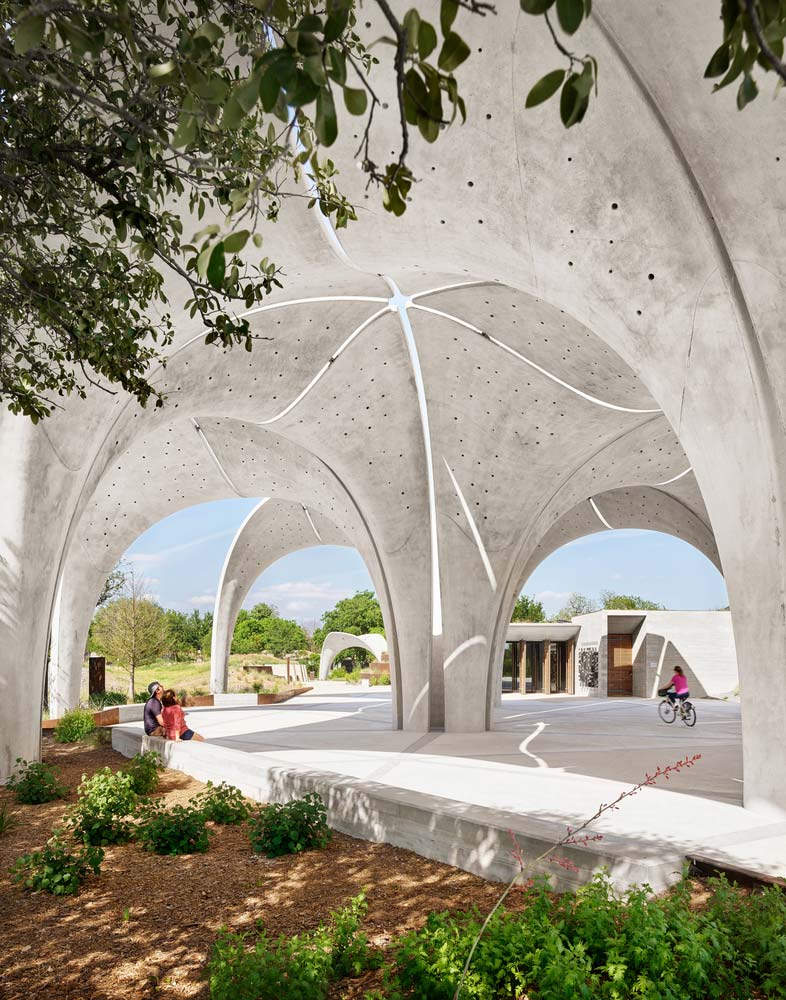
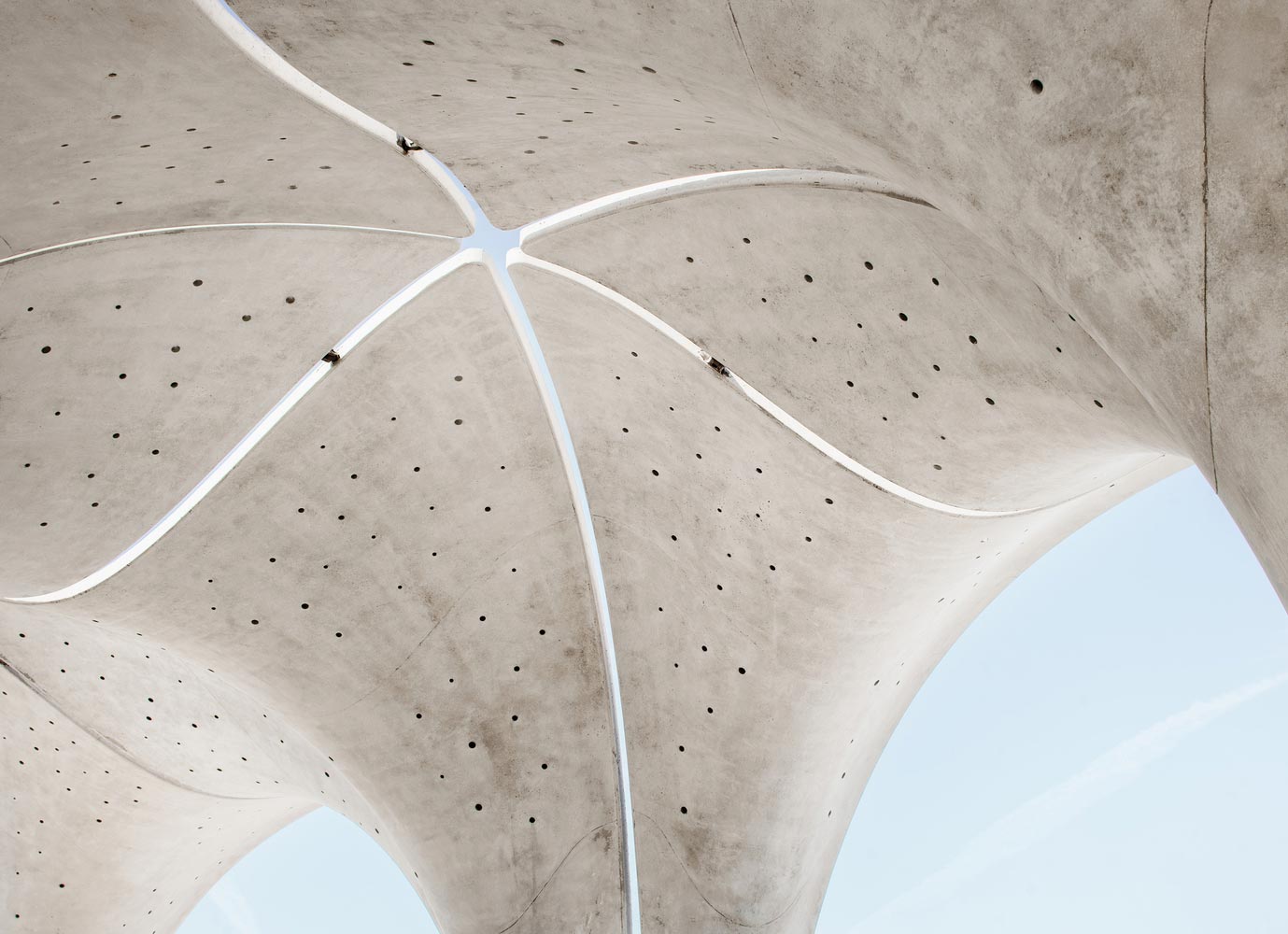
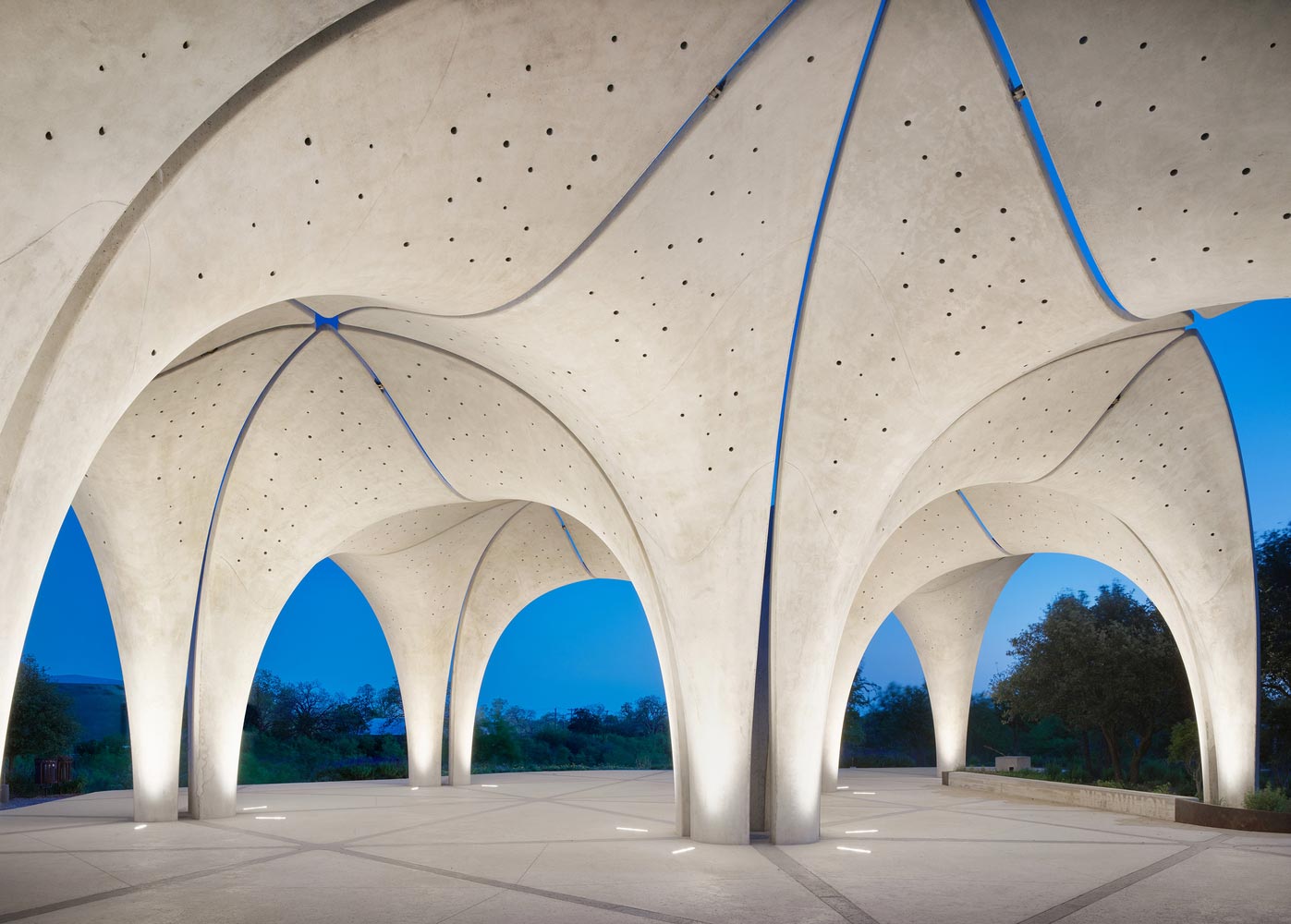


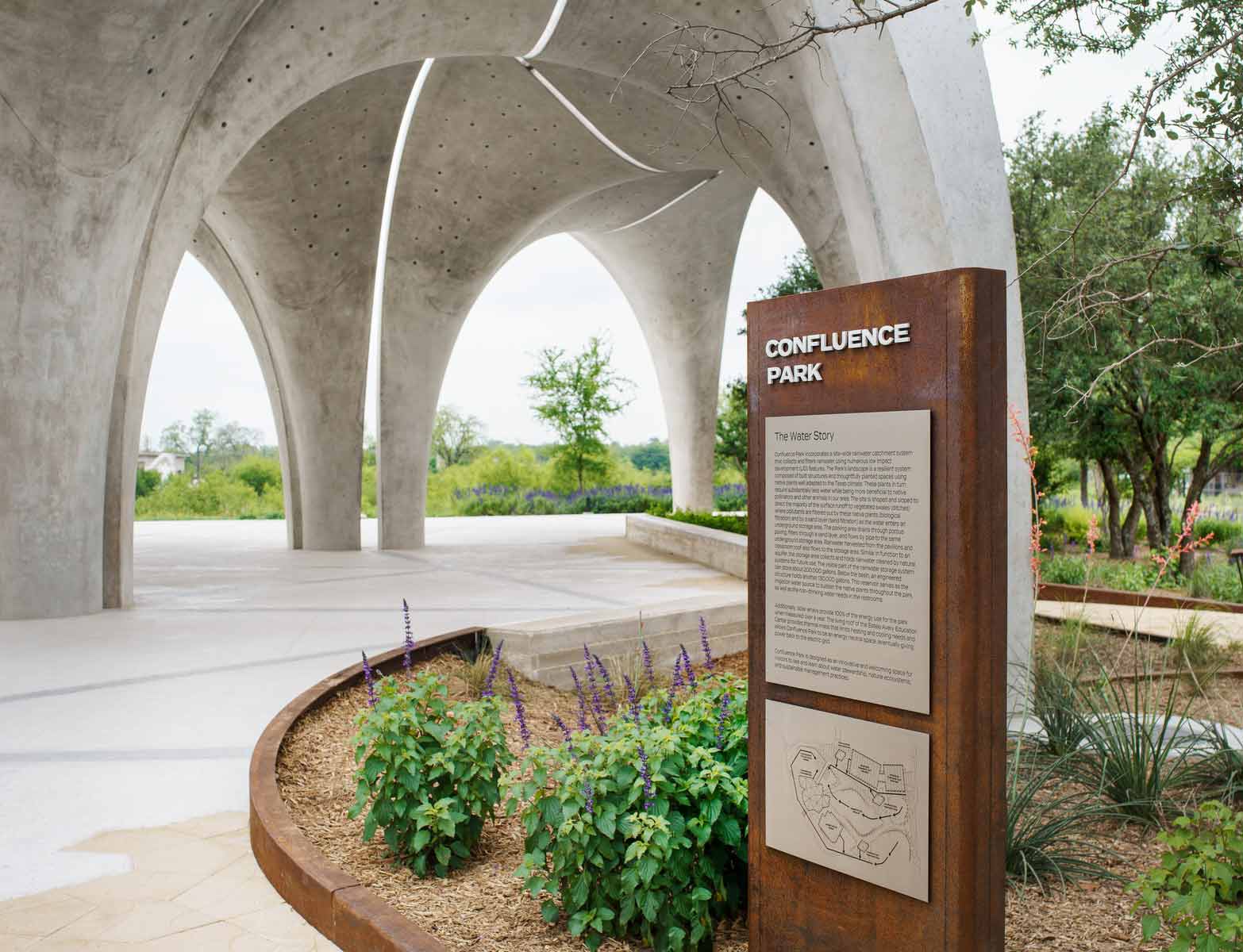
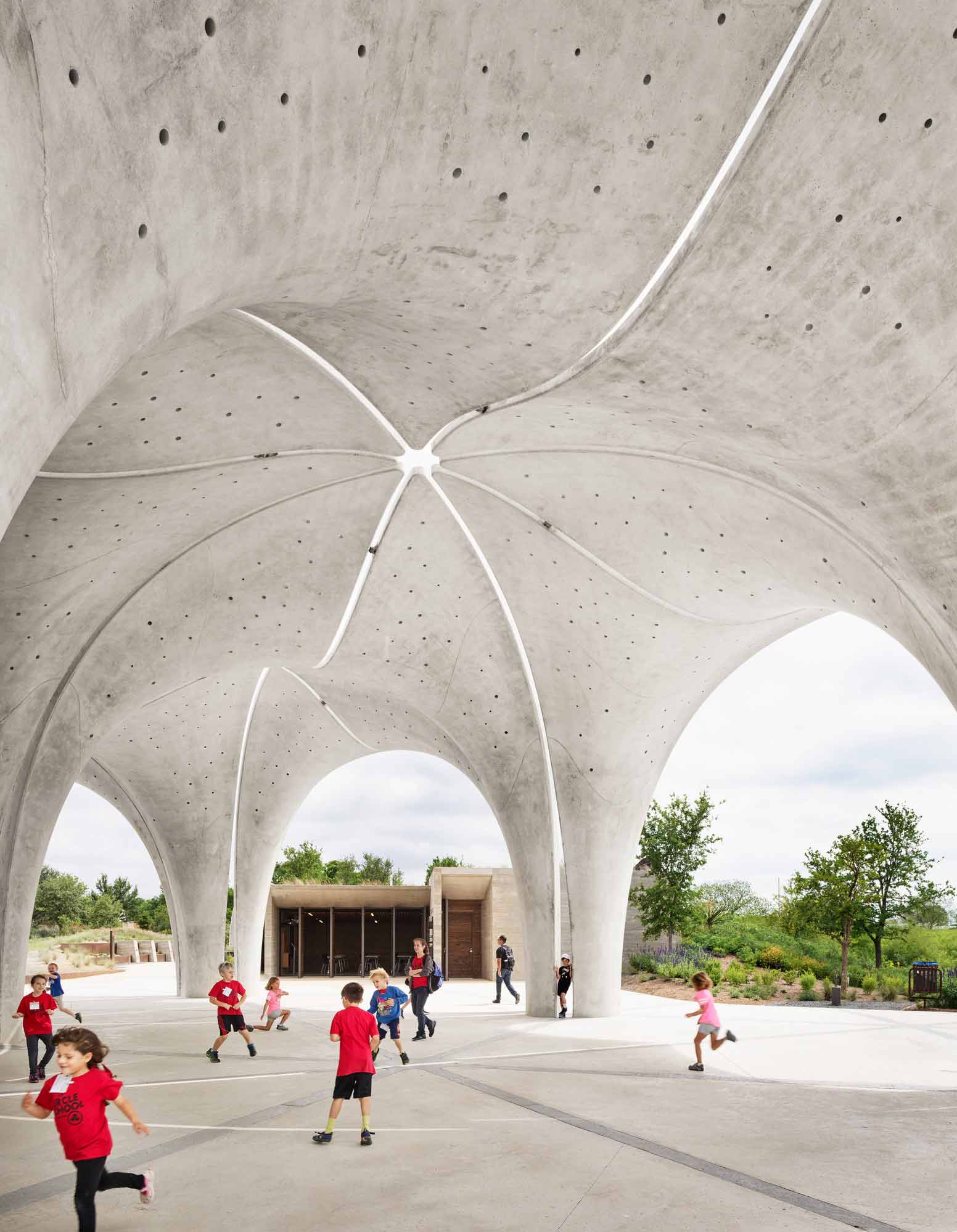
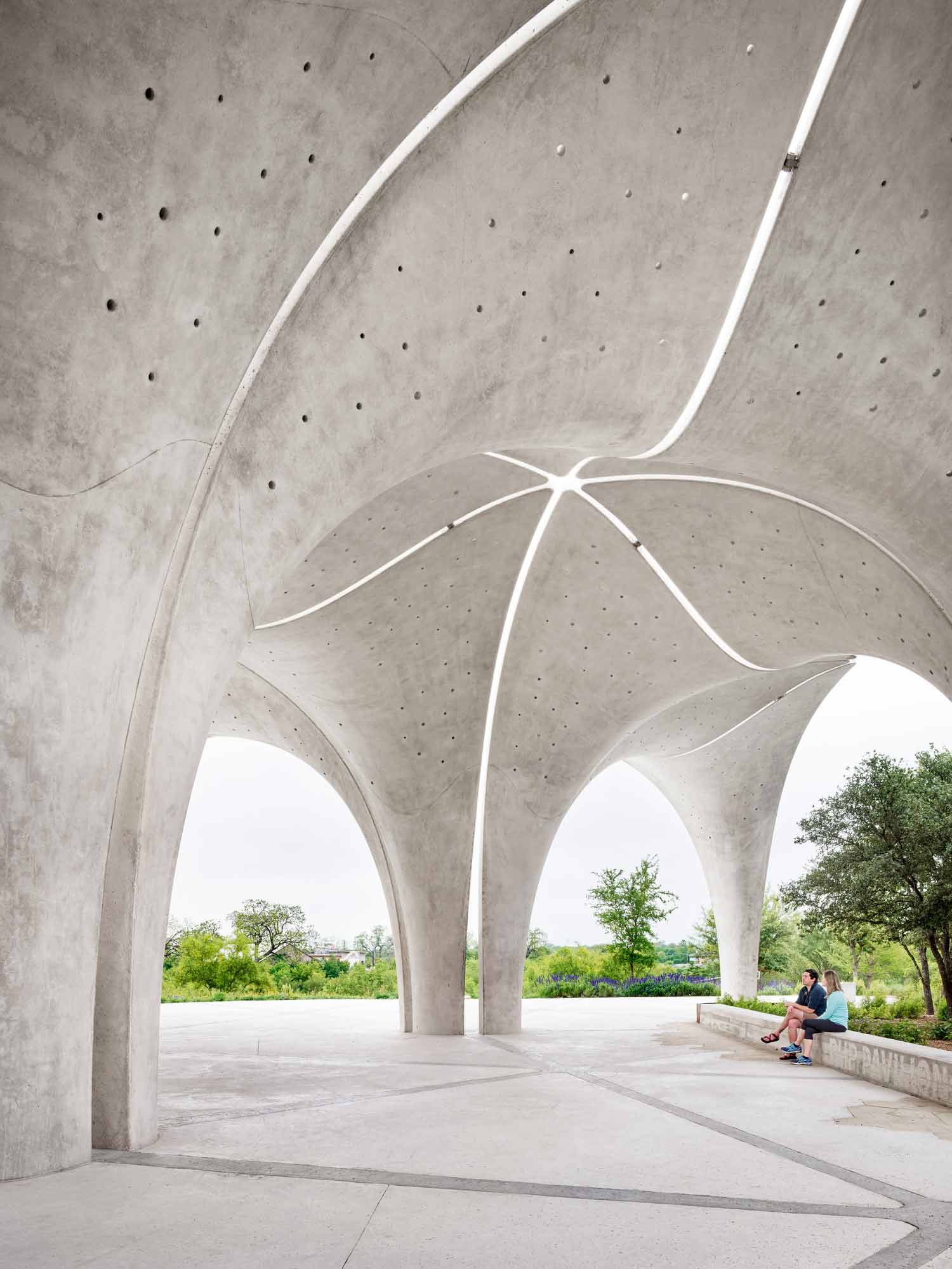
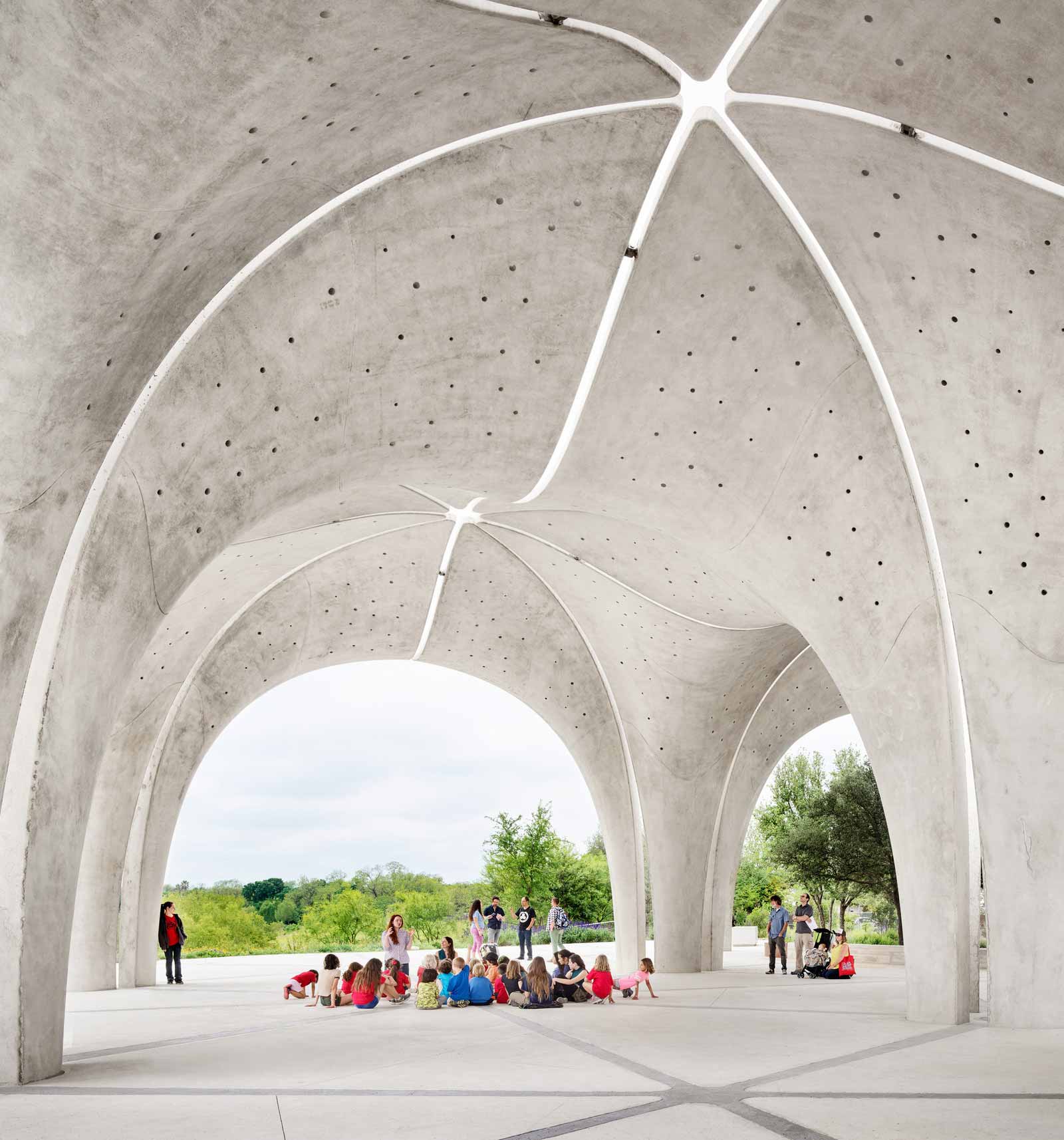
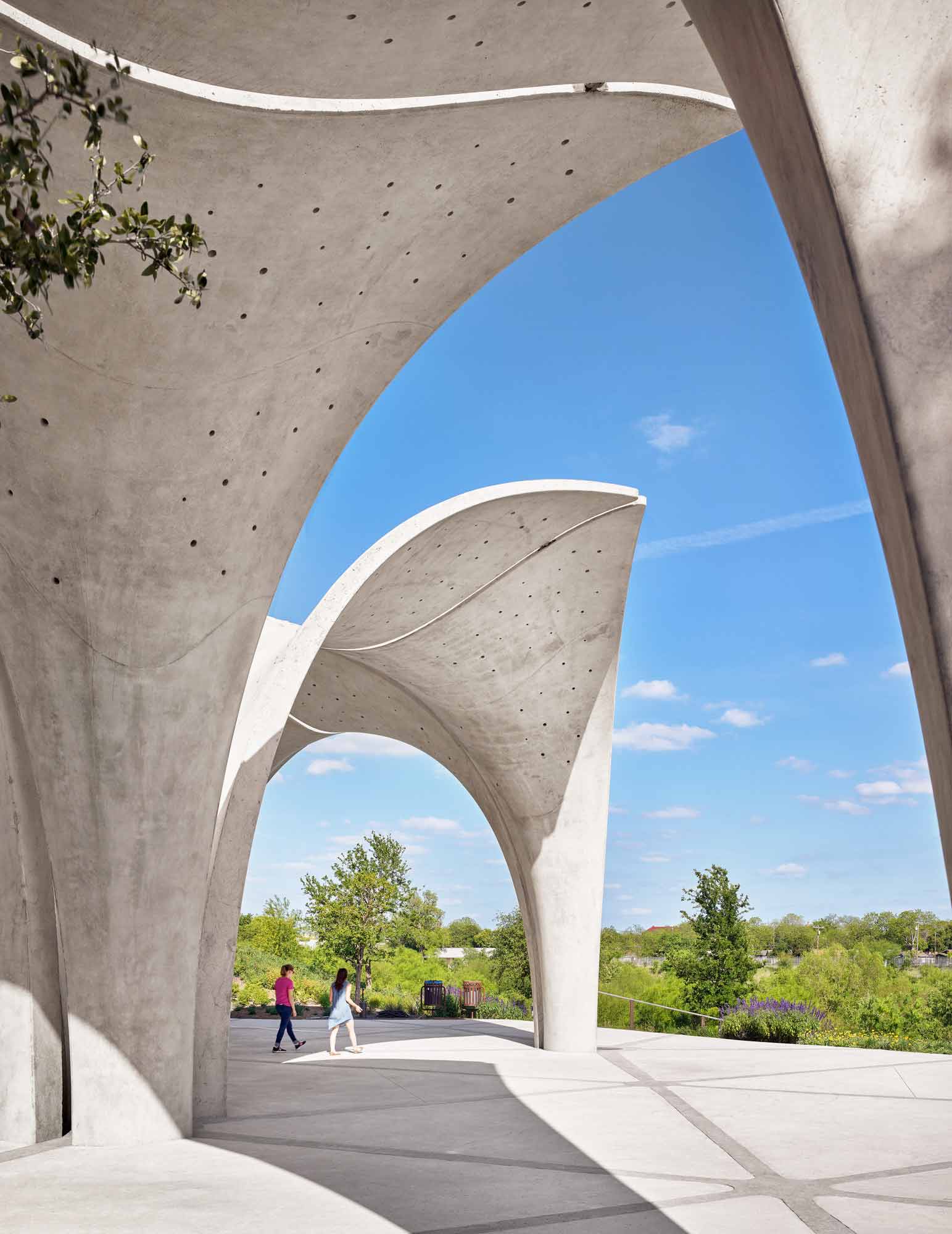

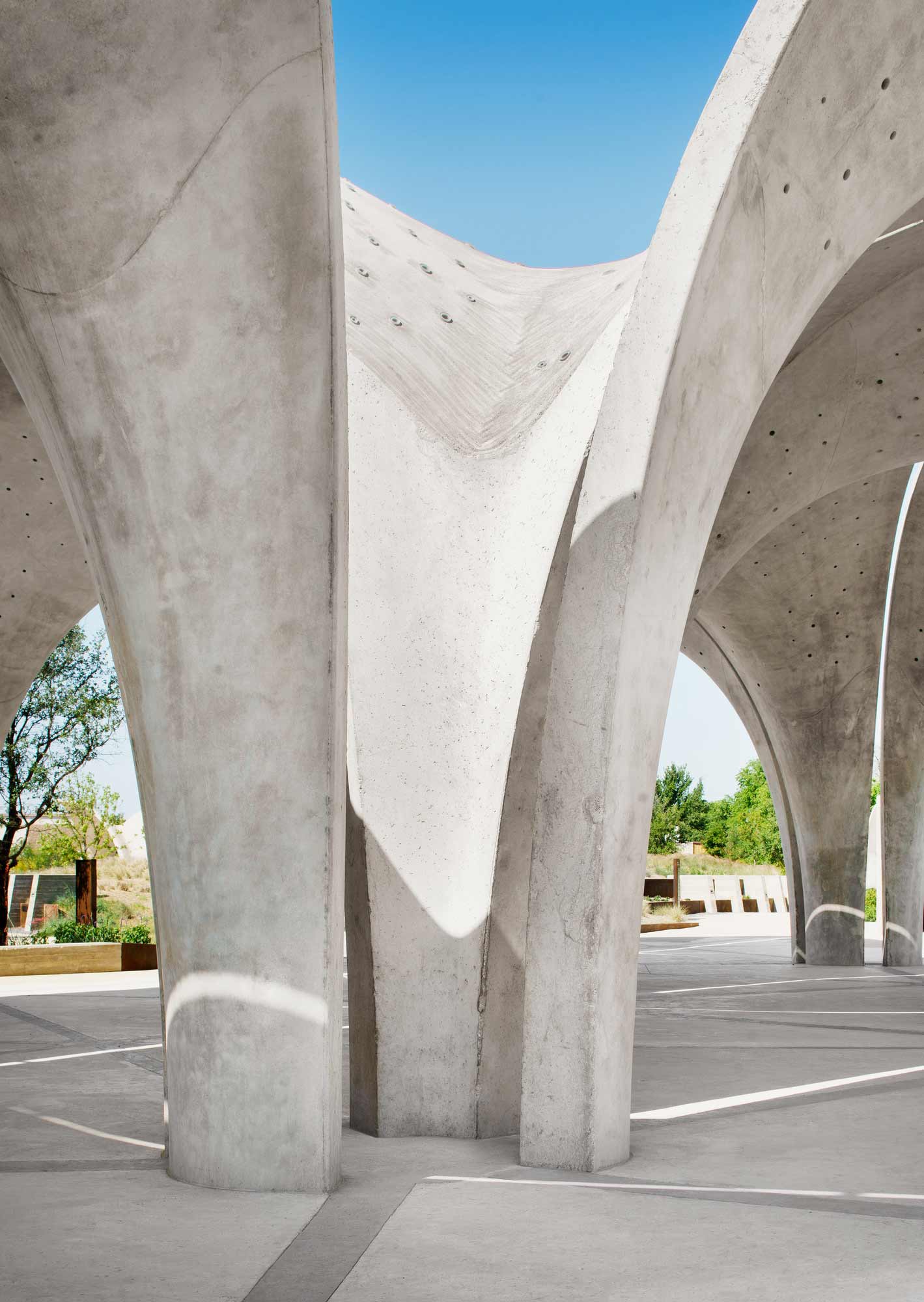
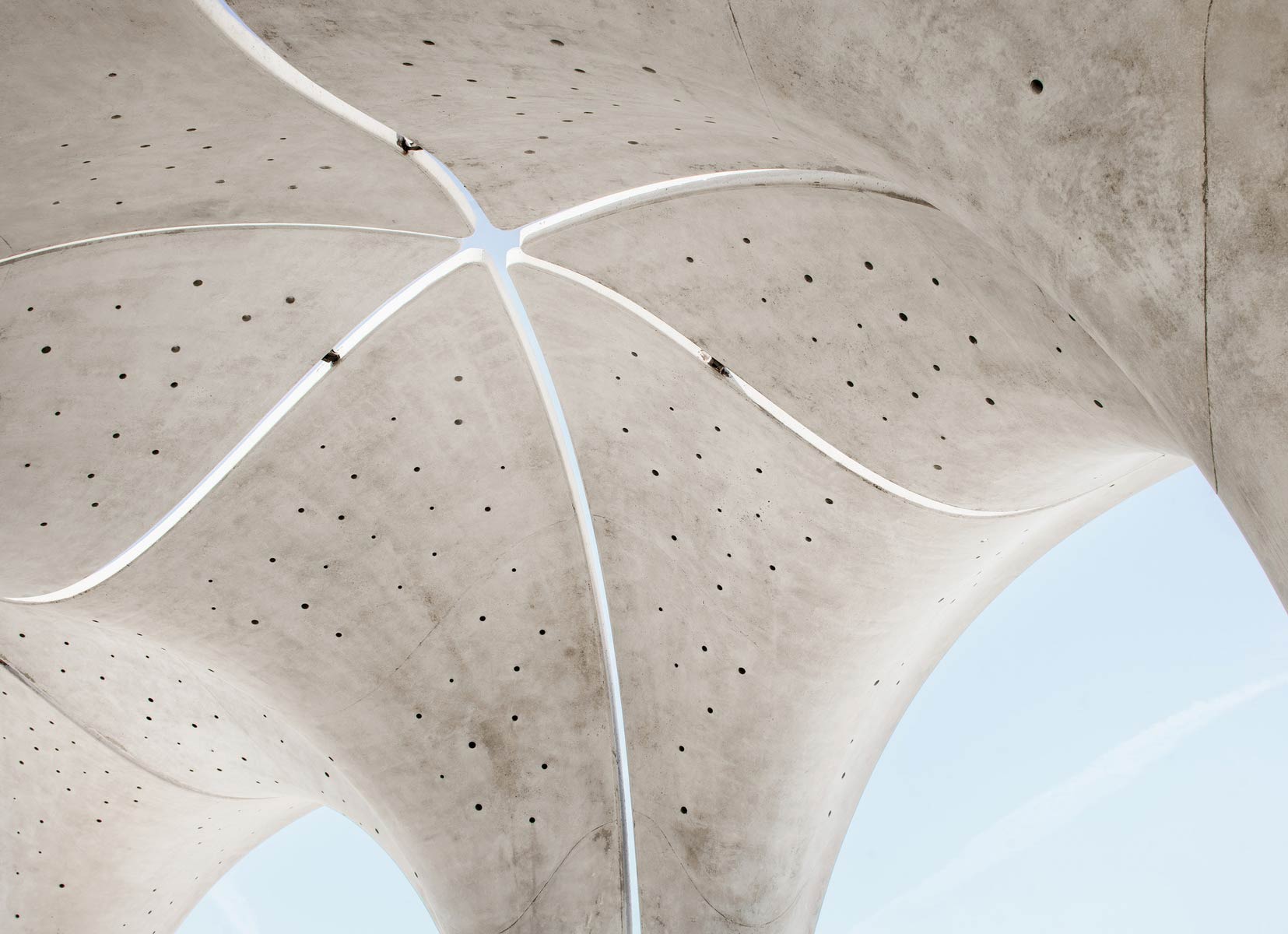


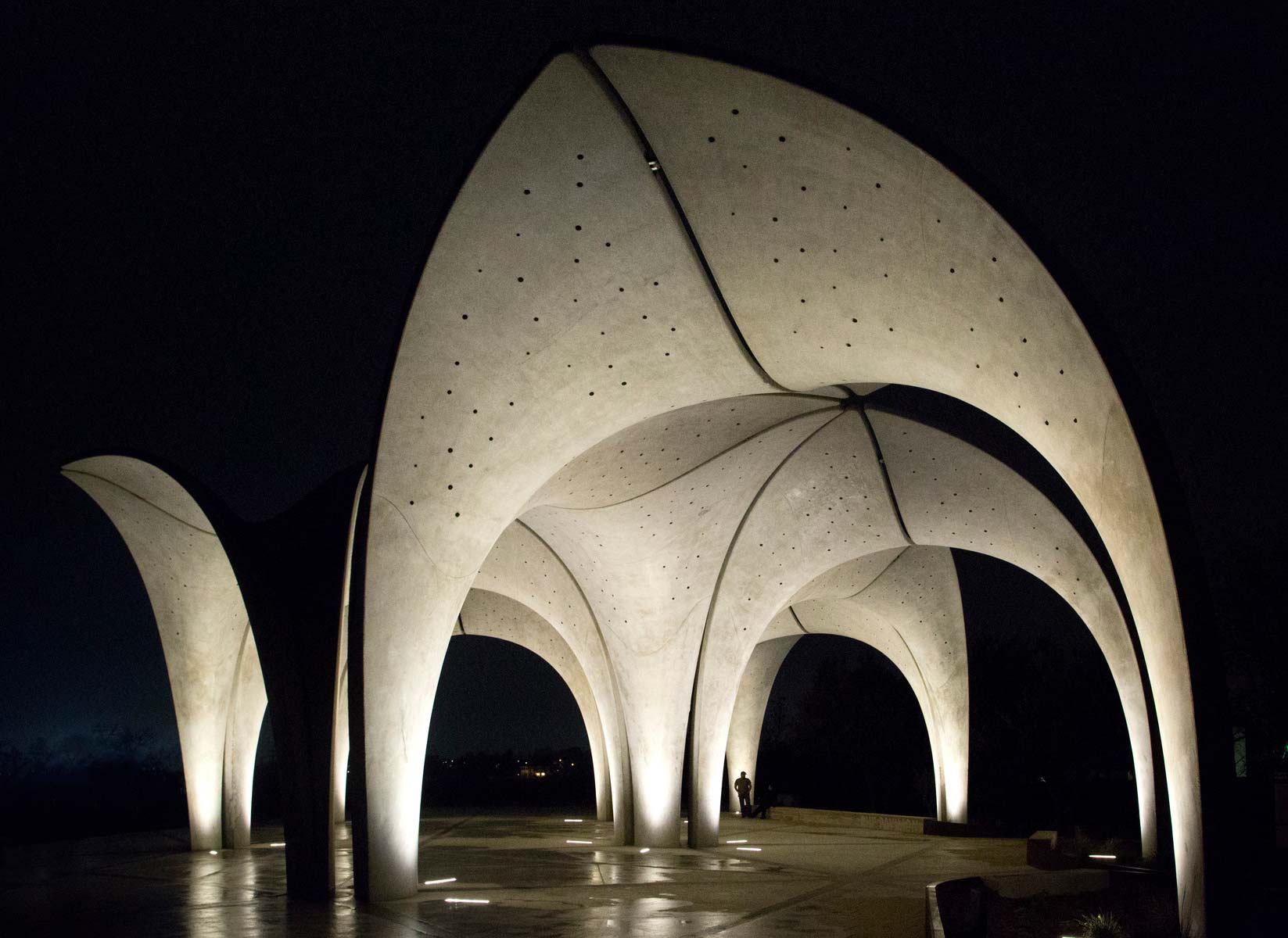
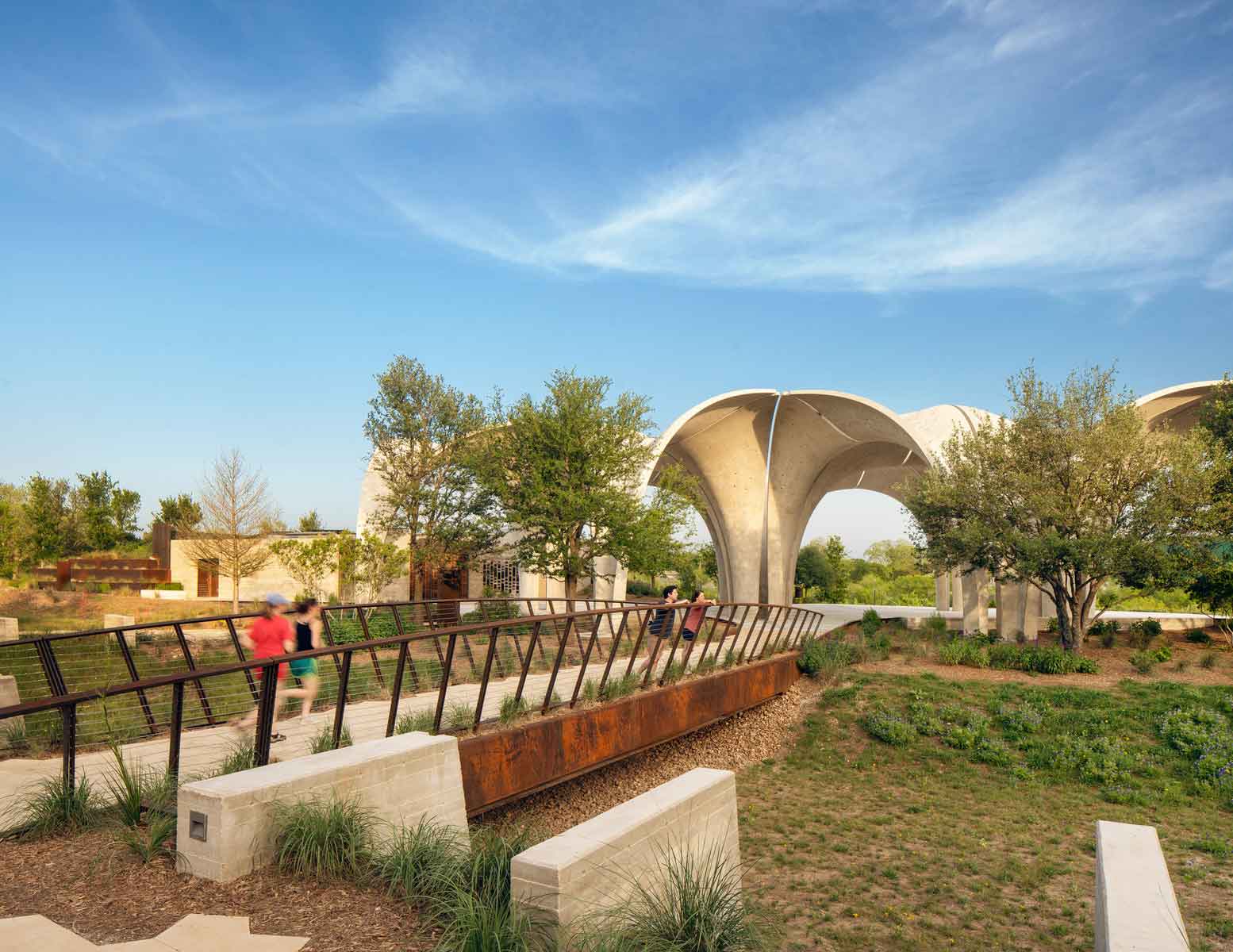
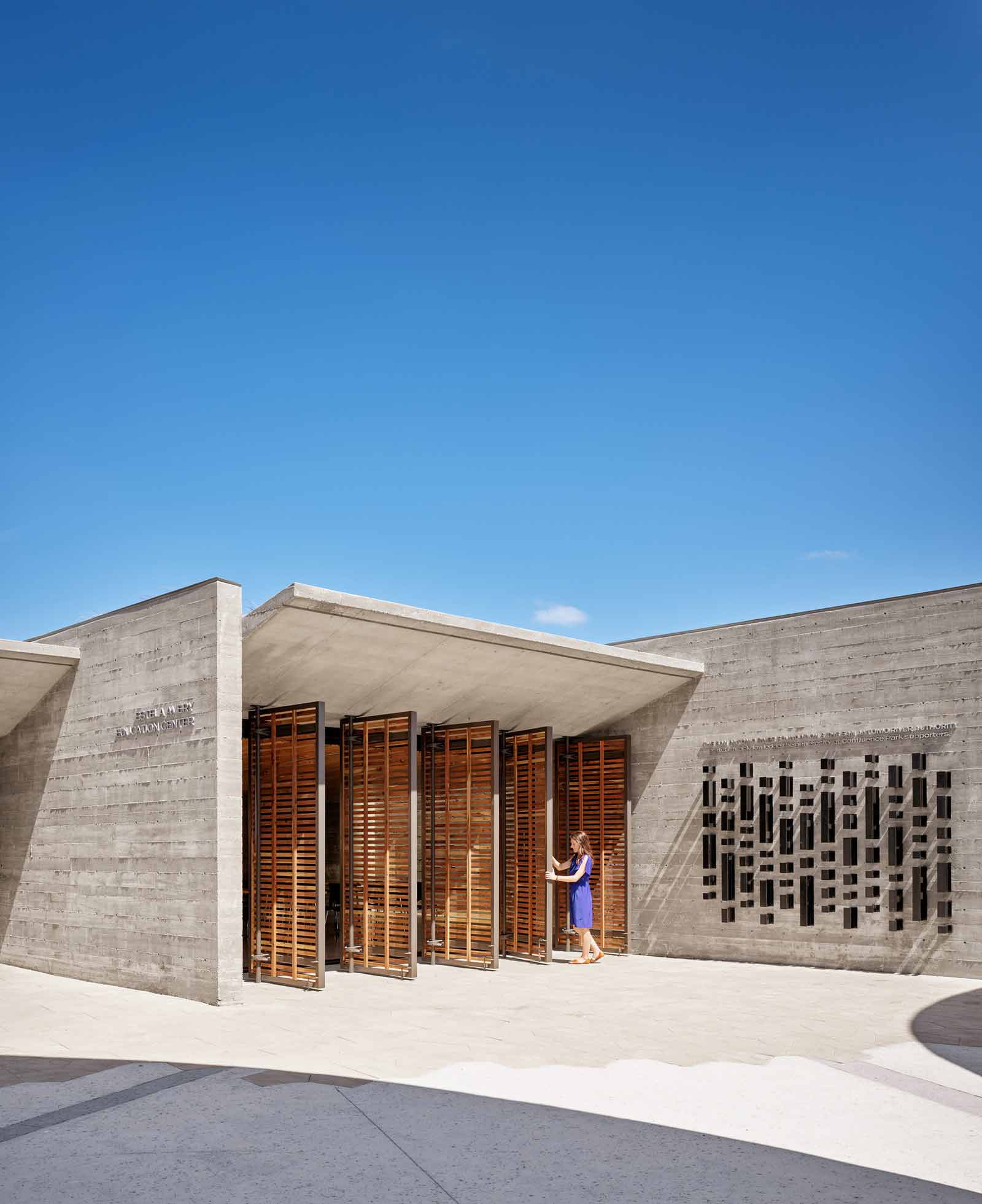

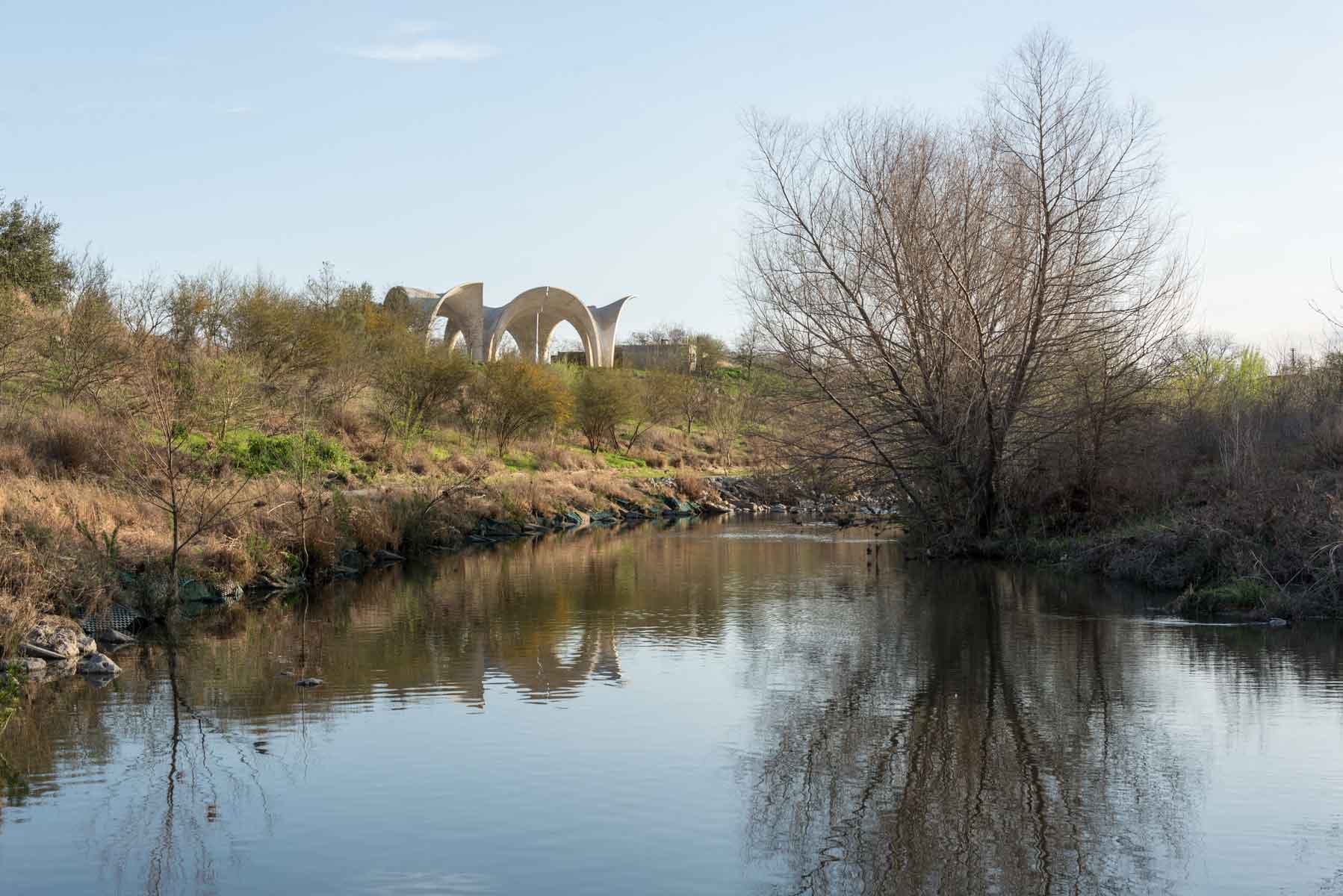
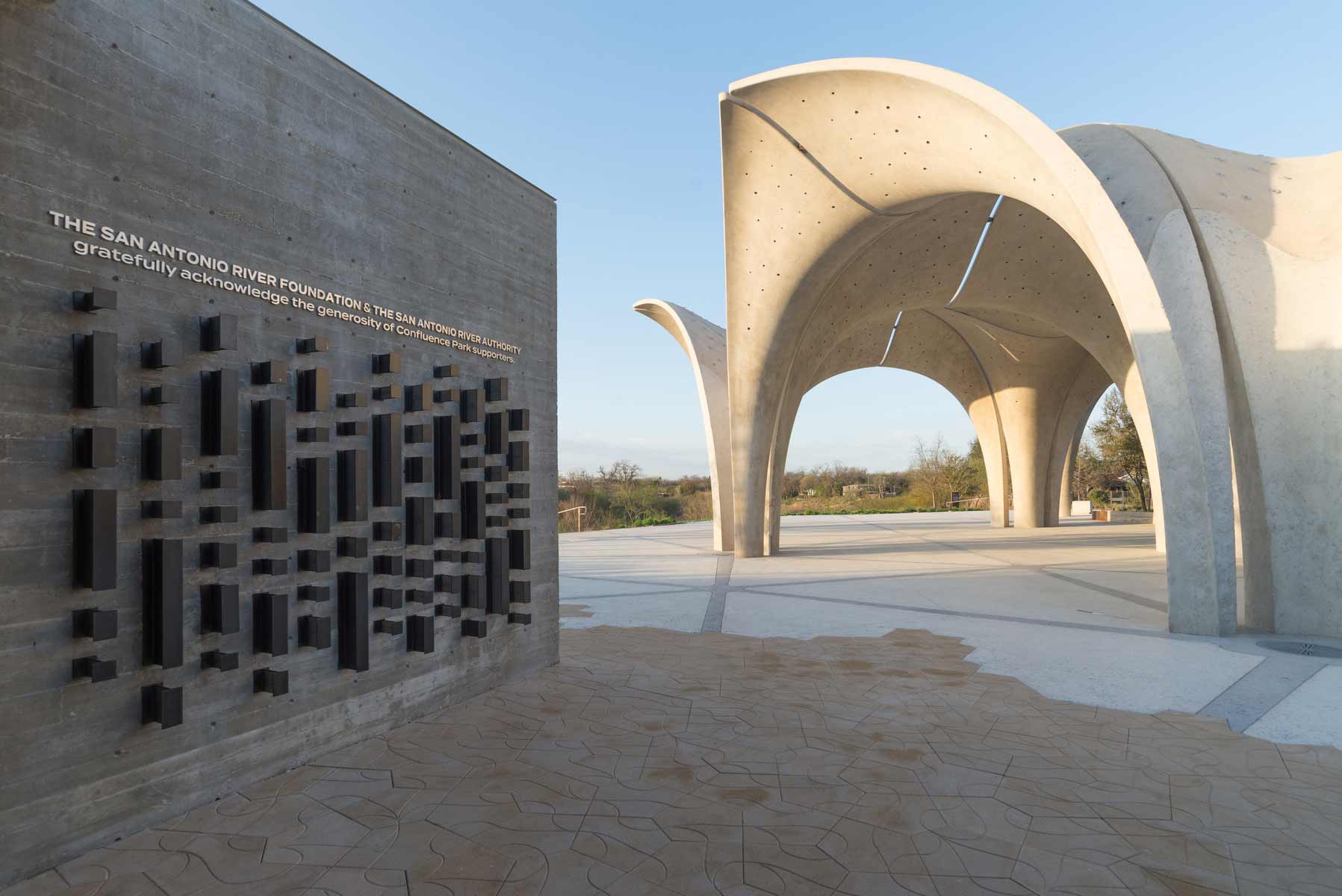
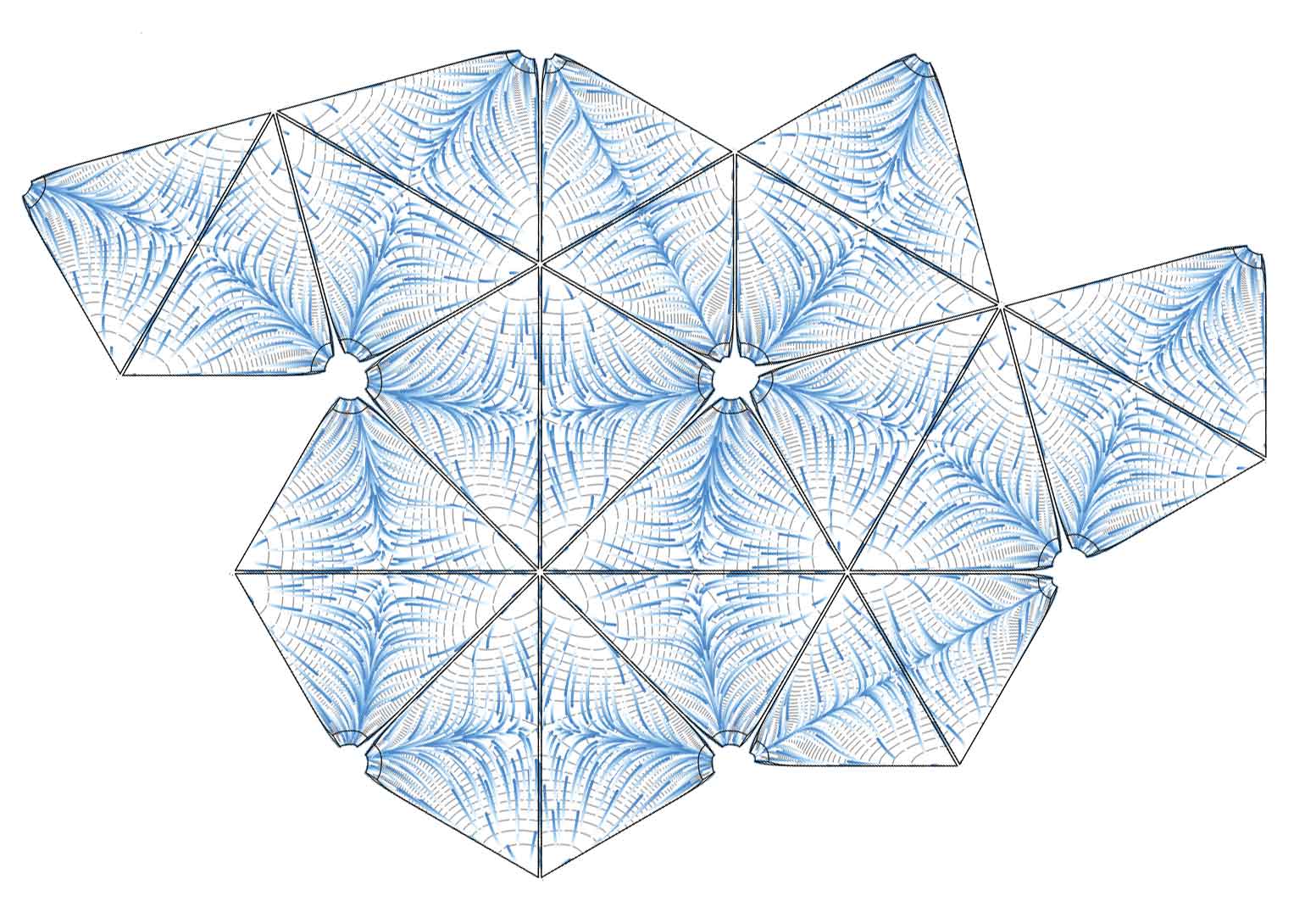




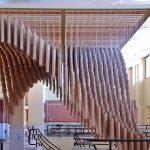









Leave a comment